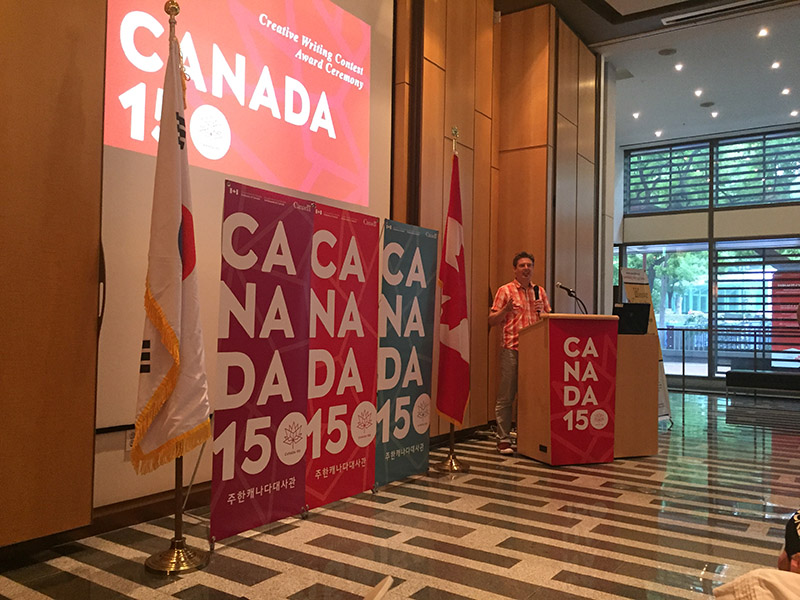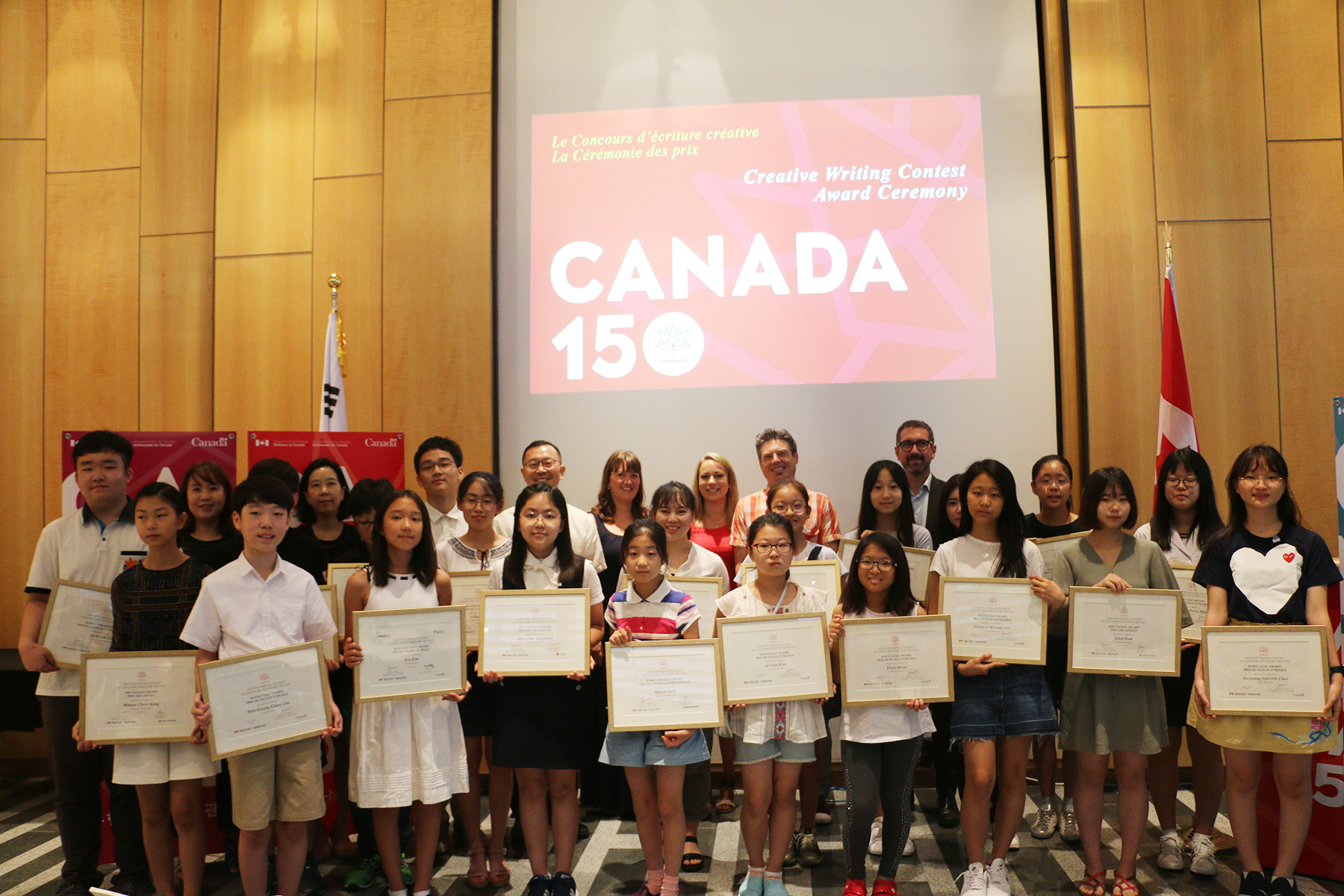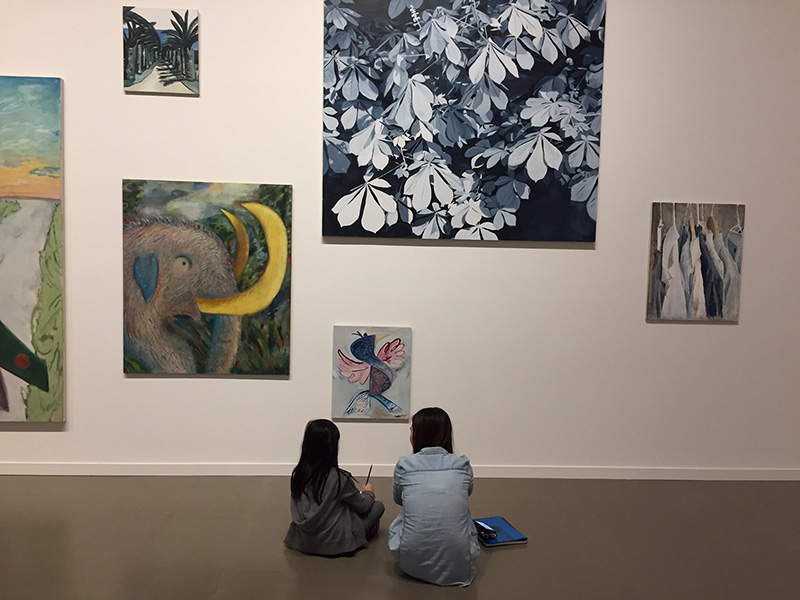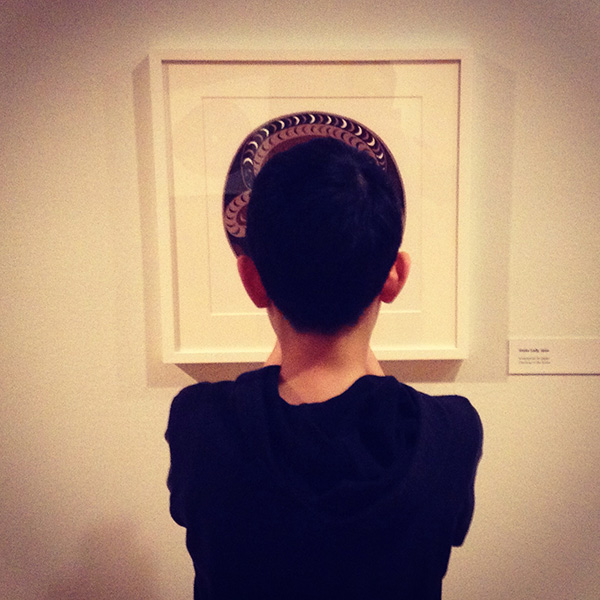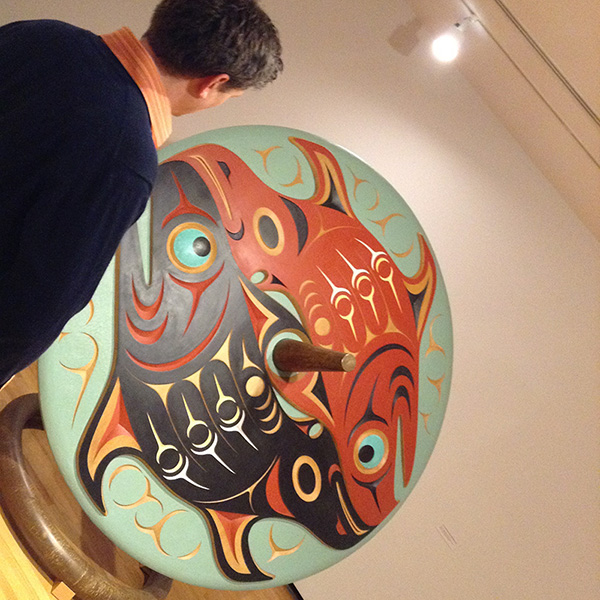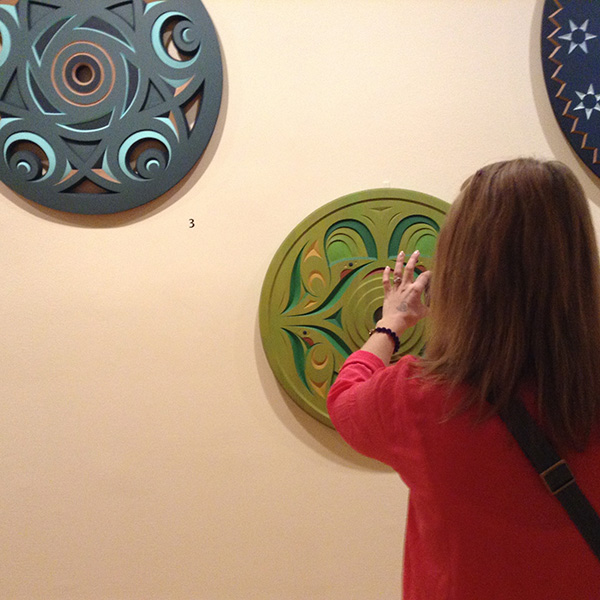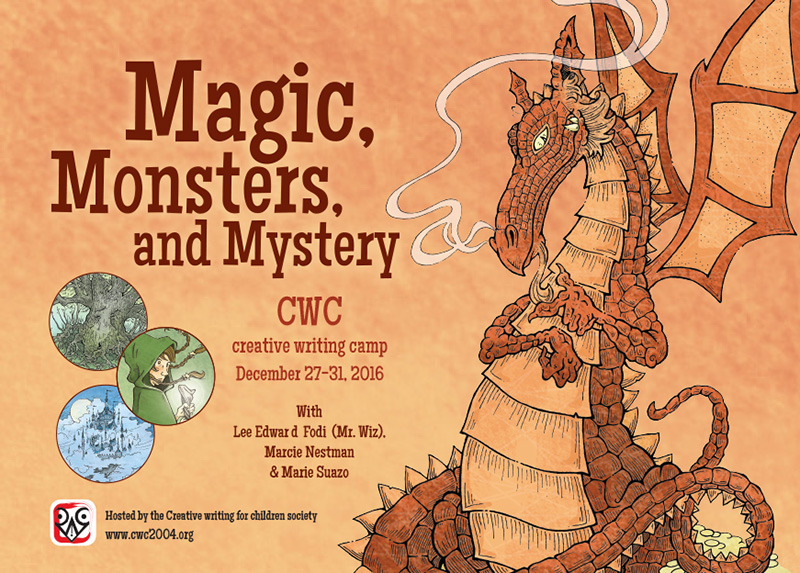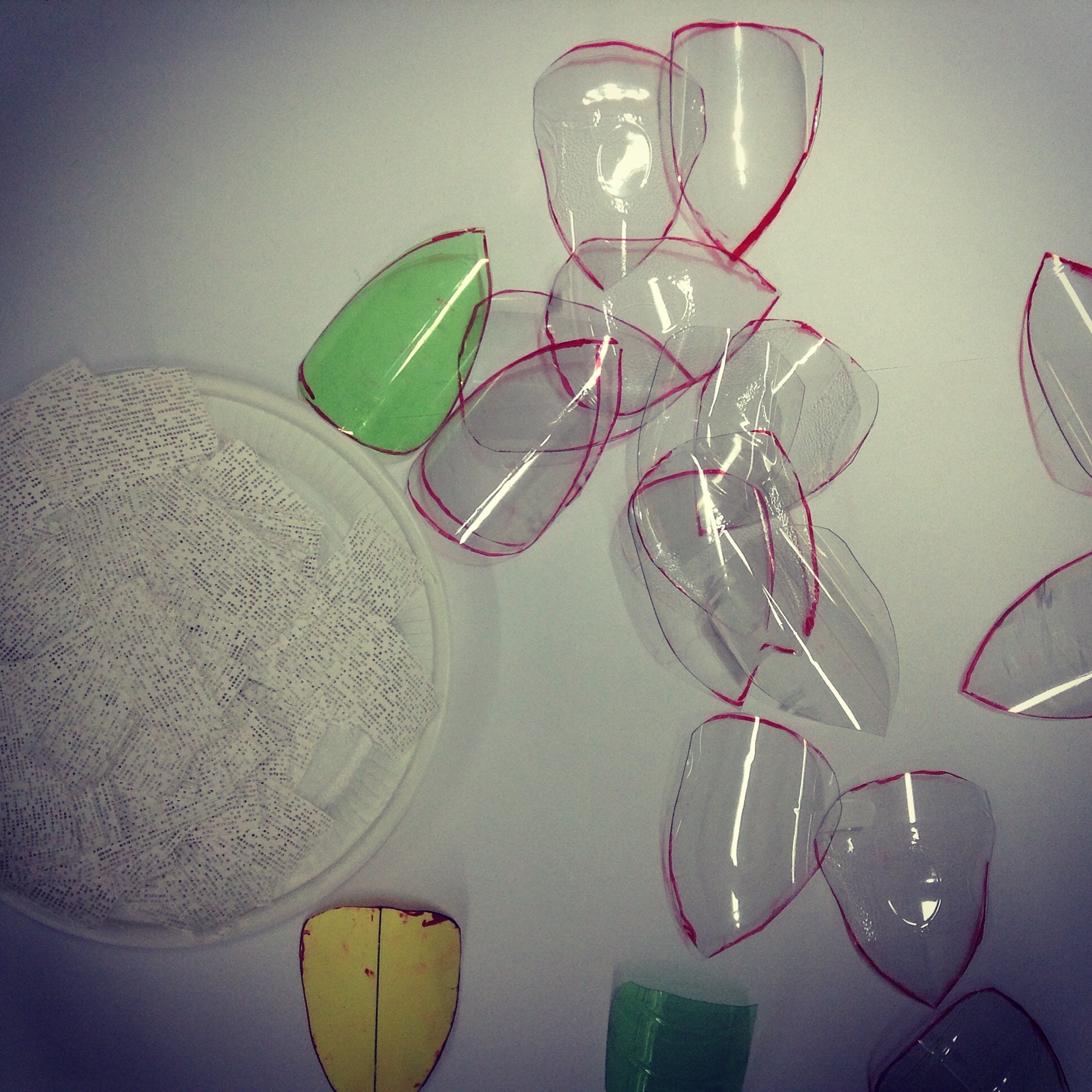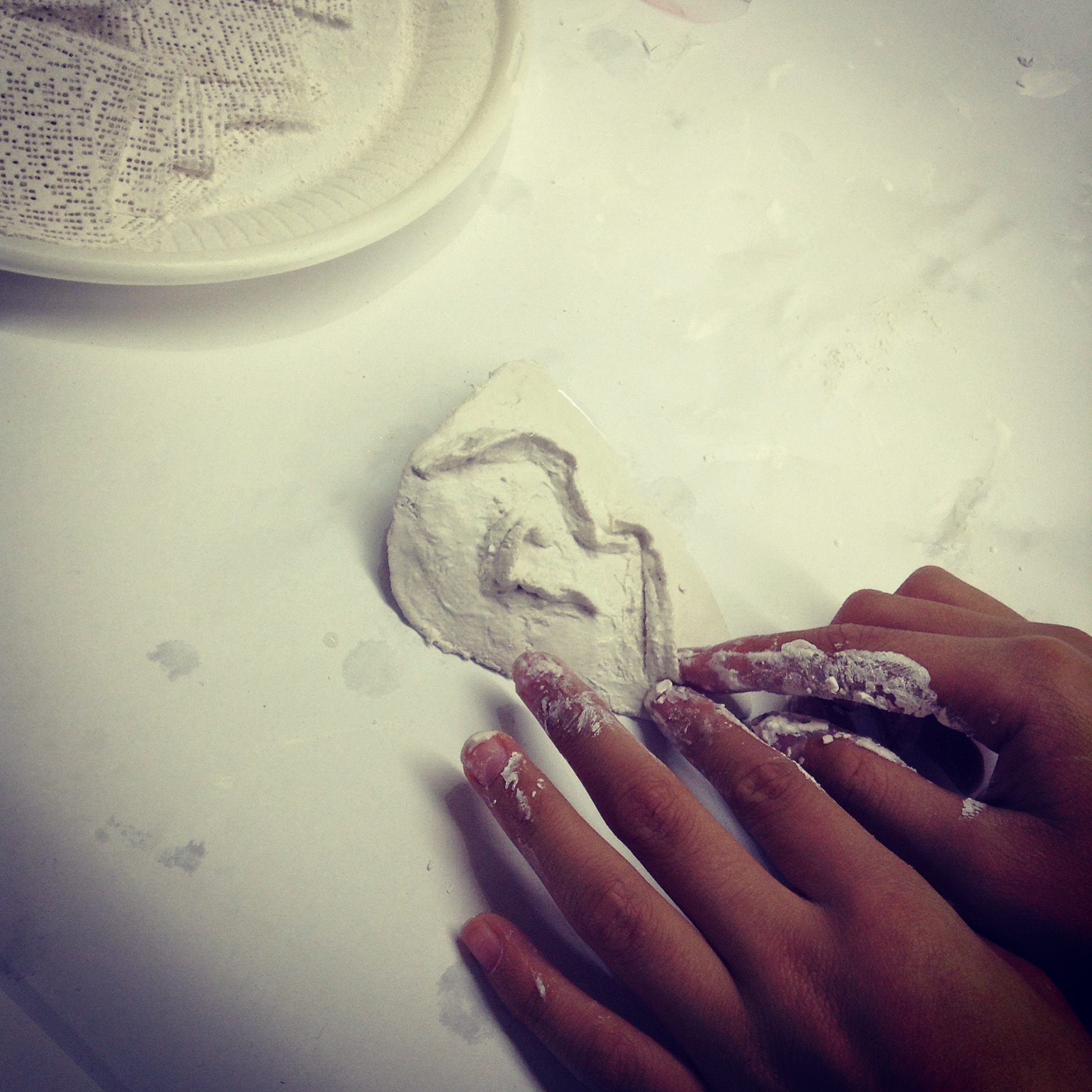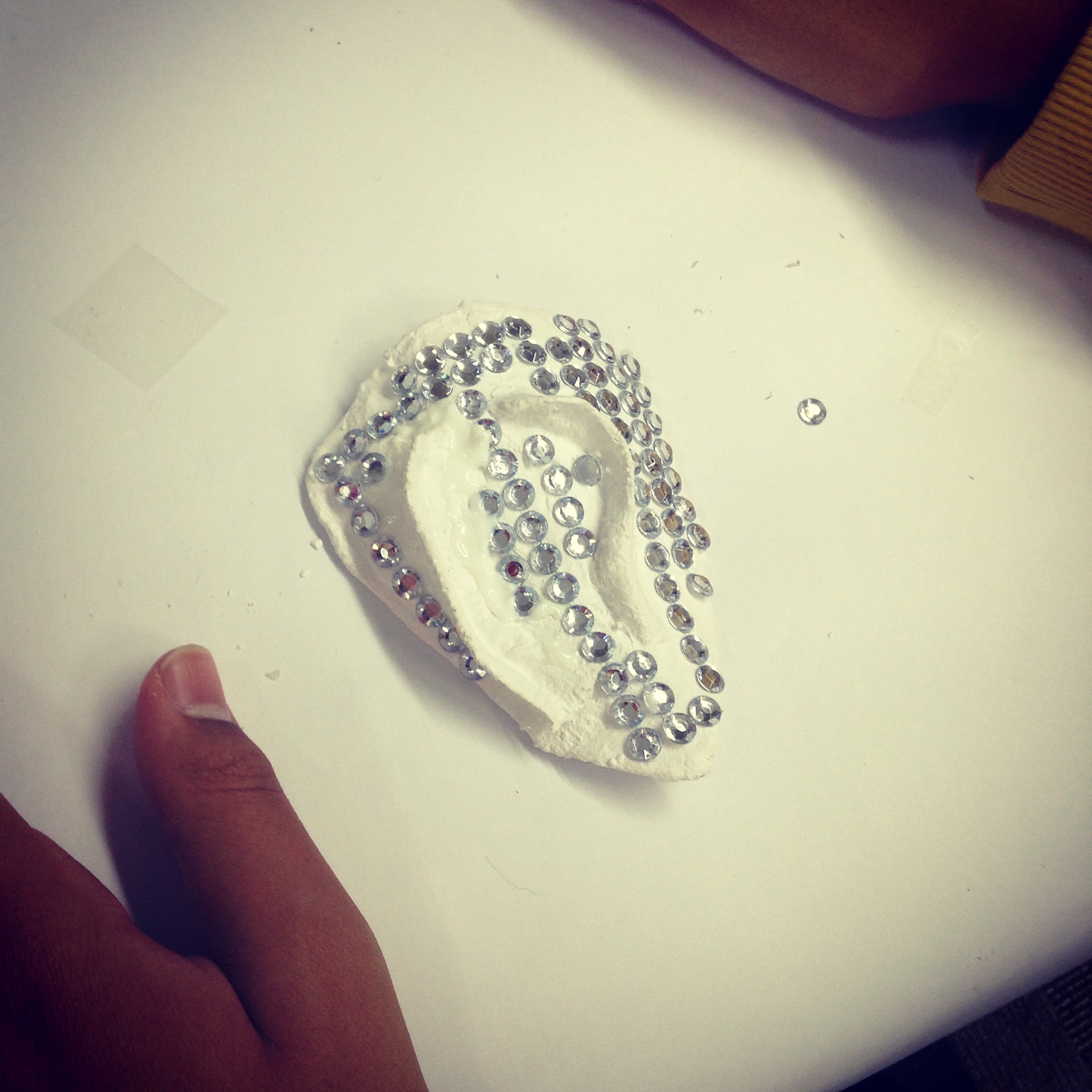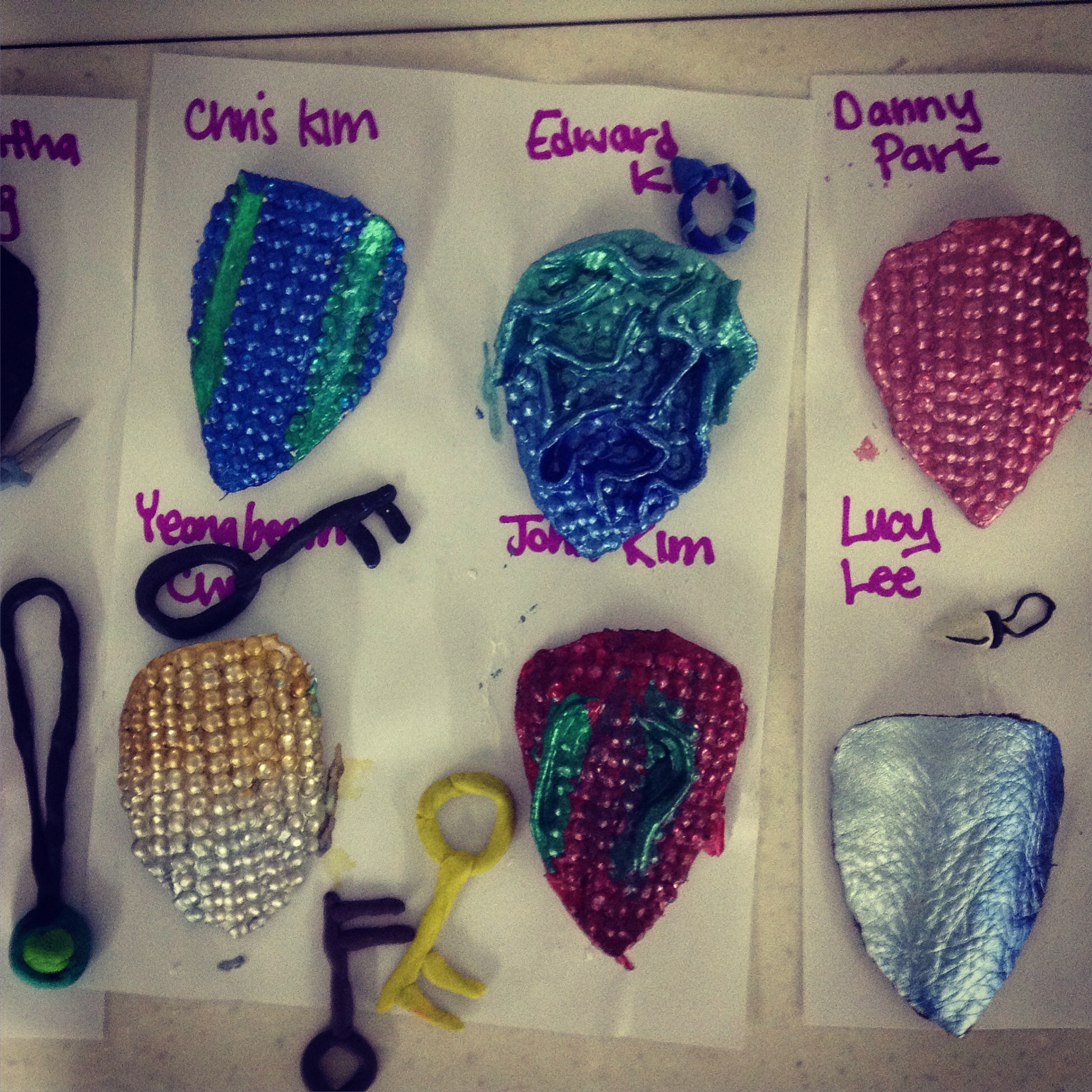Last week author and colleague Kallie George and I finished up a two week creative writing camp for kids aged 9-12 through CWC. The theme was one of our faves: pirates!
Kallie and I have taught many camps before, but we wanted to try and do something a little different this time. Even though the goal of the camp was to just immerse kids in creative writing, we decided we needed to give them a goal.
So, we decided to have them produce handmade pirate “journals” that would chronicle the adventure of a character who ends up sailing the seas.
Once we had that decided, it was just a matter of developing and fine-tuning some topics . . .
Day 1: Introduction – What kind of pirate are you?
For the first day, we just warmed up the kids by introducing them to our theme, having them take a fun quiz (What kind of pirate are you?), and doing some writing warm-ups.
Day 2: Plot me a treasure!
We introduced our overall goal, to make a pirate log book and began the project by drawing treasure maps. One of my goals in all of my writing classes is to have the kids work hard on developing better ideas. To this end, I had them complete a brainstorming sheet before they began drawing.
The brainstorming sheet outlined various features they might include on their map and come up with inventive names for them. I find that many young writers will just pick the first name that pops into their head and not give it a second thought. The brainstorming sheet helped them come up with a much more imaginative and evocative world for their journal.

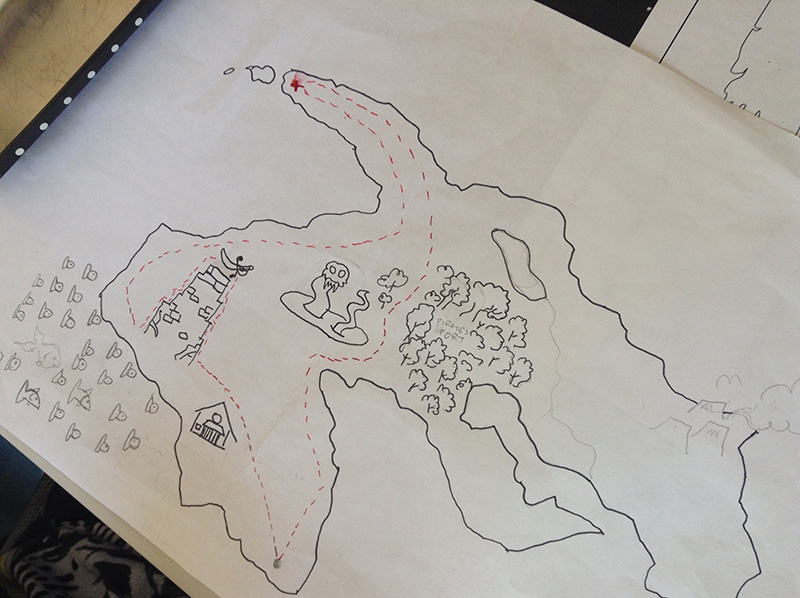
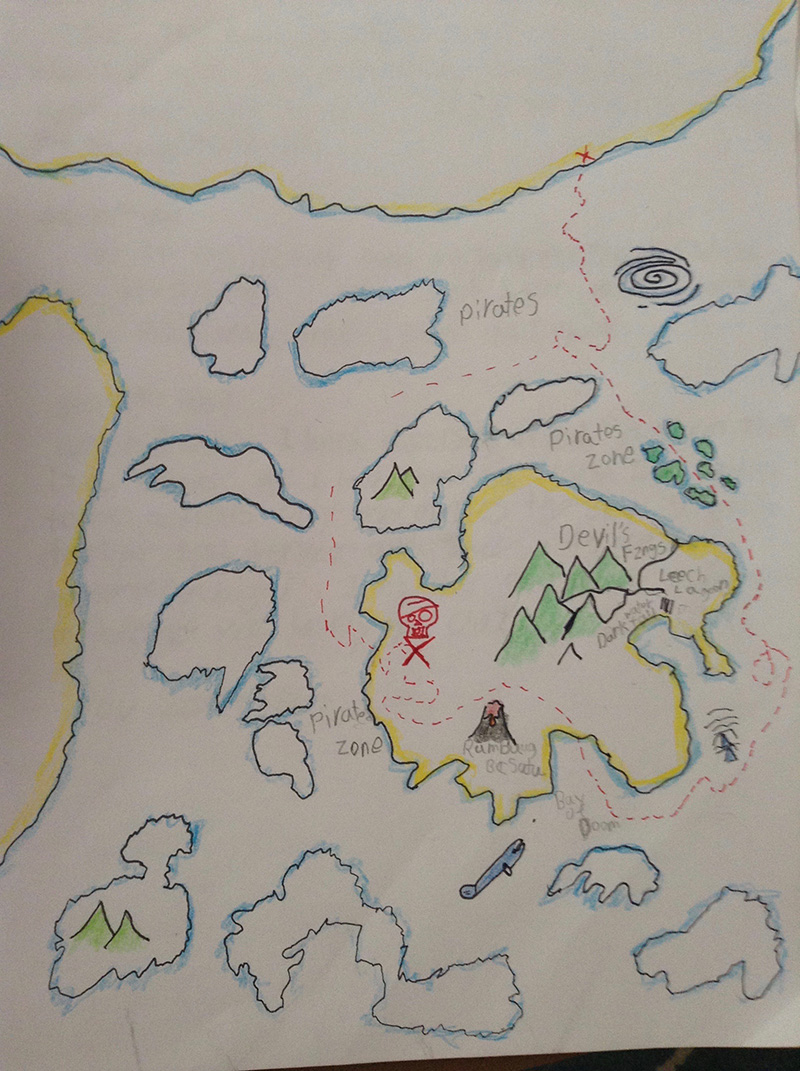
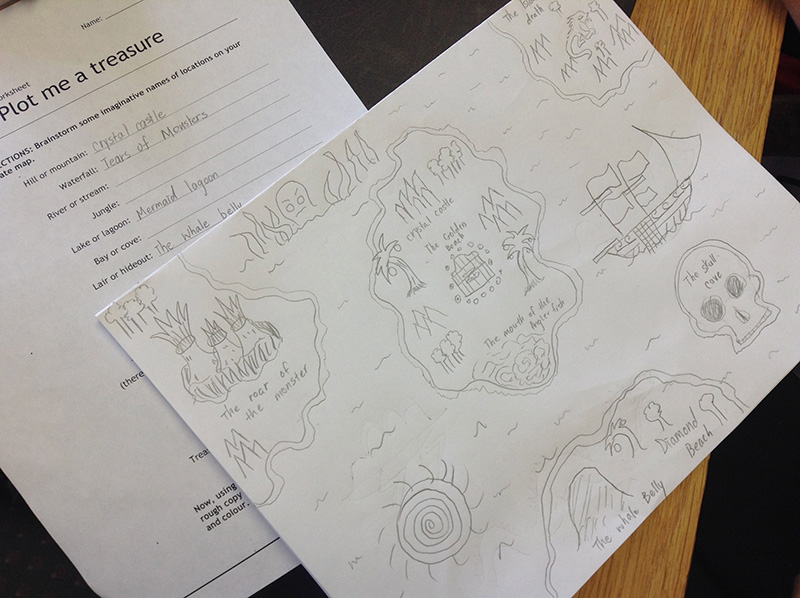

This was also the day the students began handwriting their journals. Many of them chose to do rough copies that they could then copy into their final booklets (after a quick edit, of course).
Day 3: Pirate Particulars
Pirates love clothes, so on Day 3 we had the students approach character design through a strong visual approach. The kids designed a complete pirate wardrobe for a character, including clothes, tools, tattoos, and the ultimate fashion accessory—a pirate pet.
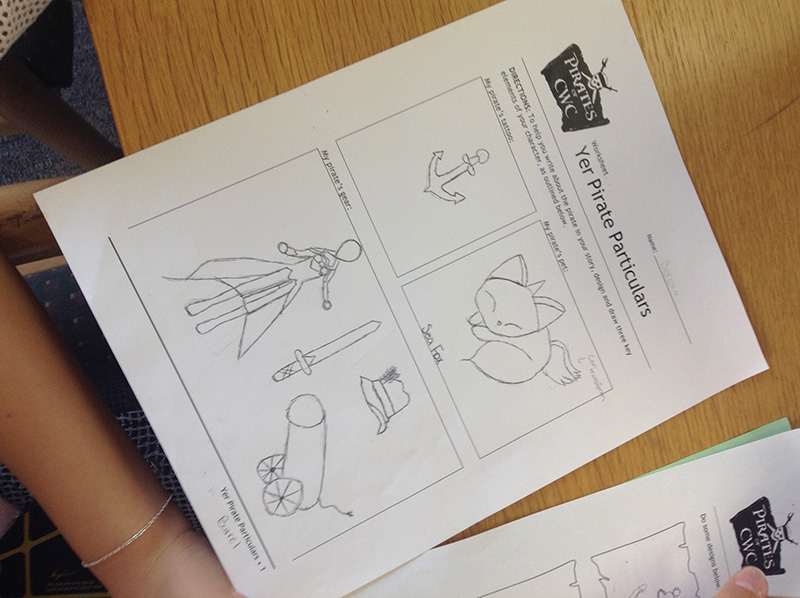
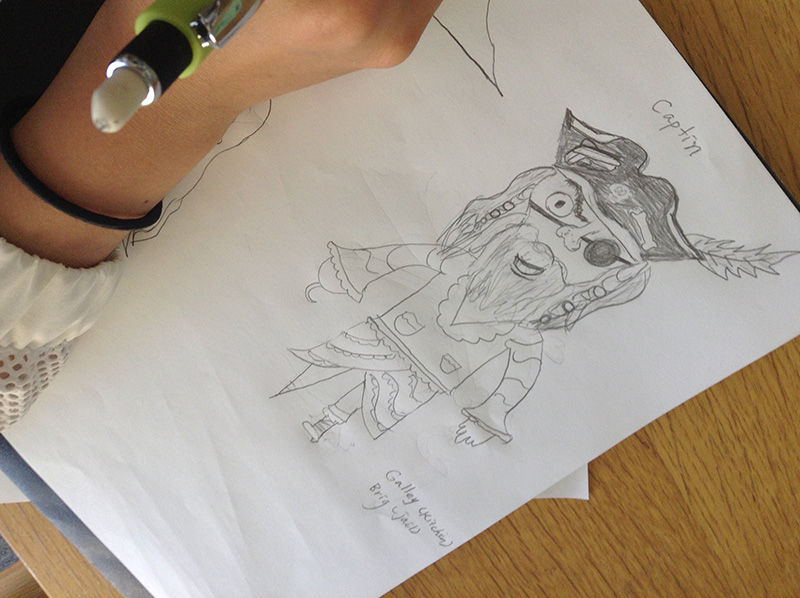
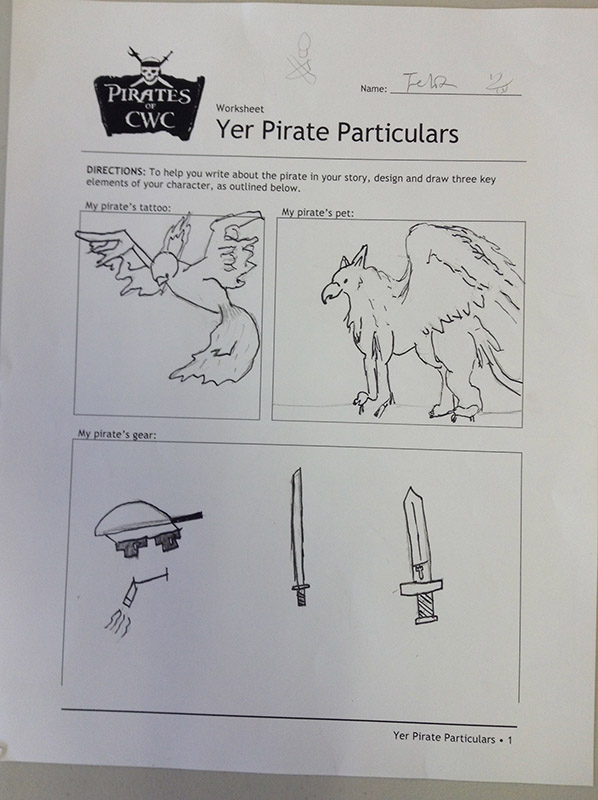
Day 4: ARG! Pirate Lingo
One of the most fun things about pirates is the way they talk, so we led an activity to help students practice pirate lingo.
Day 5: Settings that Sail
This day was all about the ship and the flag. We showed the students diagrams of famous ships from film and literature (my personal favorite being The Dawn Treader), and went over the flags used by real-life pirates.
Afterwards, the students brainstormed and designed their own pirate flags. Once again, I had the students do a few thumbnail designs before committing to a final since this does always seem to turn up the best ideas.

I ended up designing my own pirate flag, too . . . one to go with a book I’m currently writing.
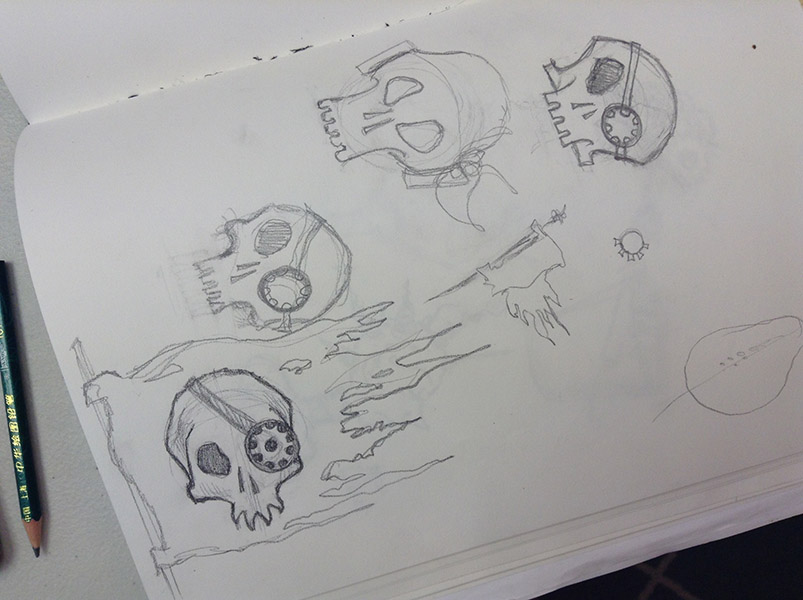
Day 6: Treasure Ahoy!
We had started the camp giving the kids miniature treasure chests loaded with gold, rubies, and pears. On this day, I brought in other pieces of treasure—mirrors, kaleidoscopes, ancients coins, pots, and so forth. Each student picked an object (and many of them were actual antiques) and were asked to describe it using the five senses.
Once we shared our descriptions, the next task was to invent one magical or unusual thing about the object. So, for example, one student decided that a kaleidoscope showed the true path to the pirate treasure and the other decided that the mirror had captured the soul of a wayward sailor.
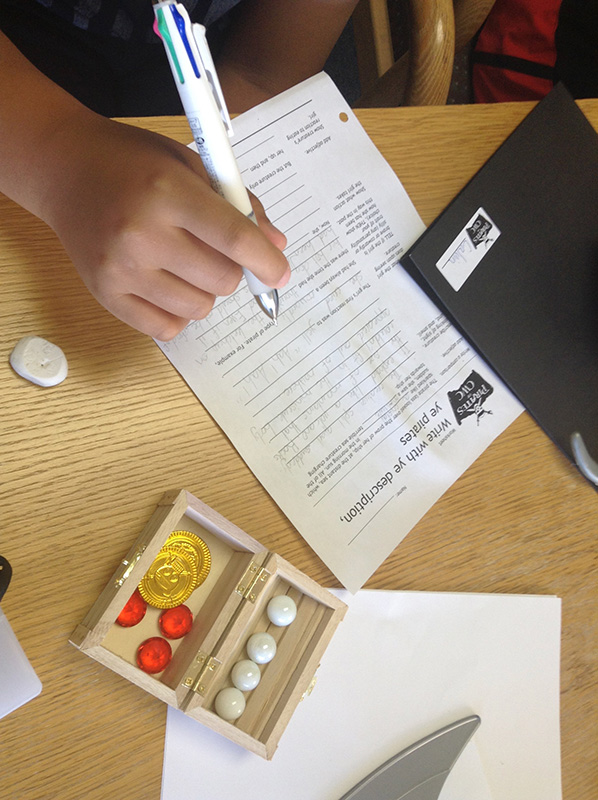
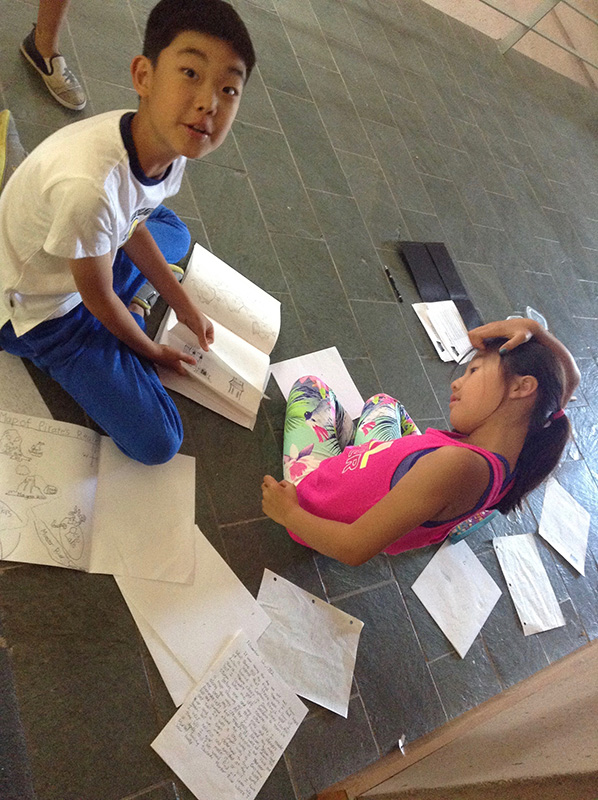
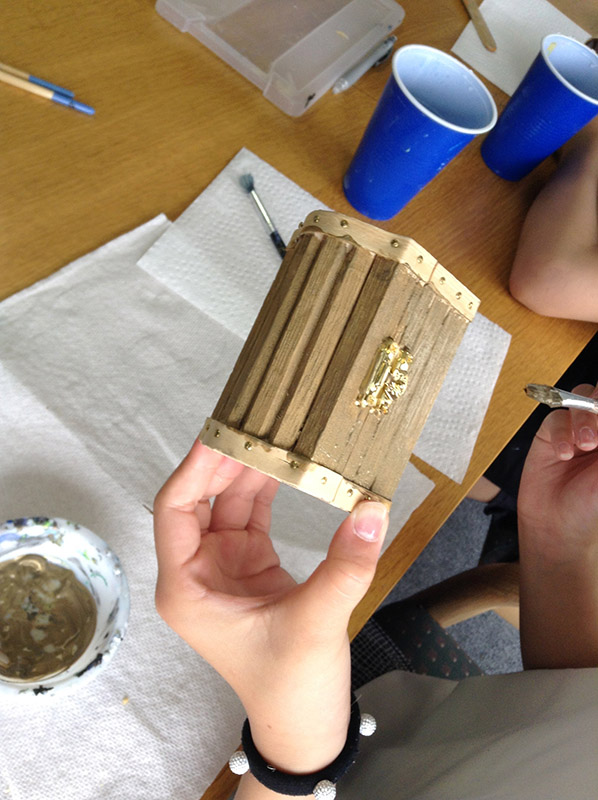

Afterwards, we did a visualization activity in which the students all shut their eyes and we played the sounds of a ship at sea during a storm. Afterwards, the students wrote about the experience, concentrating on the five senses.
The purpose of this day was to just make sure the students understood the concept of show-don’t-tell and to help them invest more description into their stories.
Day 7: Sea Shanties
This was one of the most fun days in the camp, as we had the students listen to a cargo of sea shanties then craft their own. Some were ballads, some were call-and-response songs, and others were more free form. Also, most of them were about how to drop me, “Cap’n Wiz.”

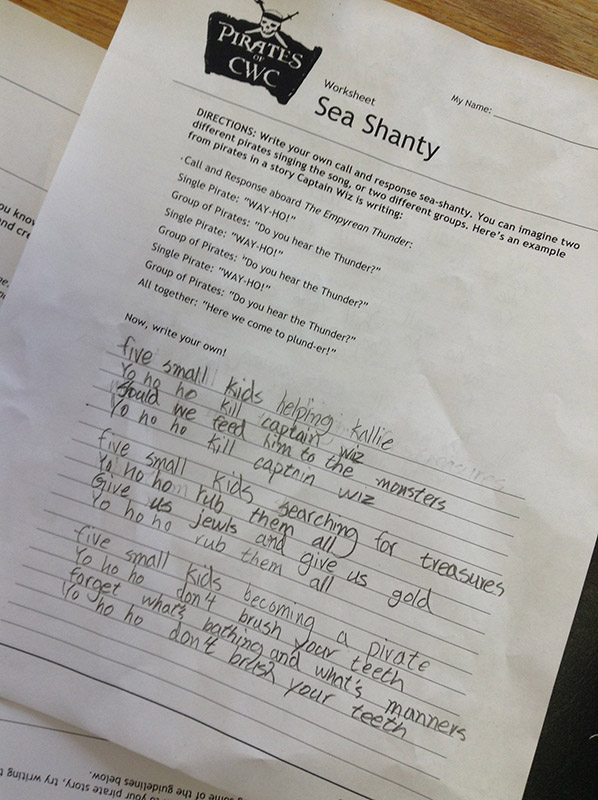
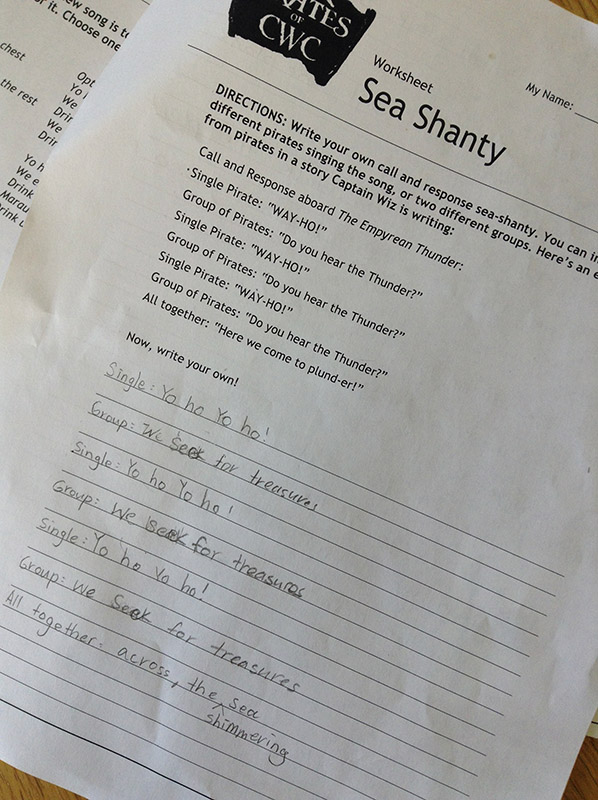
Day 8: Legends & Lore
This was a day to bring on the sea serpents! We explored real legends and myths of sea creatures and then asked the students to think about their own monsters by drawing and sculpting them out of clay. Of course, afterwards, they could incorporate these creatures into their pirate journals.


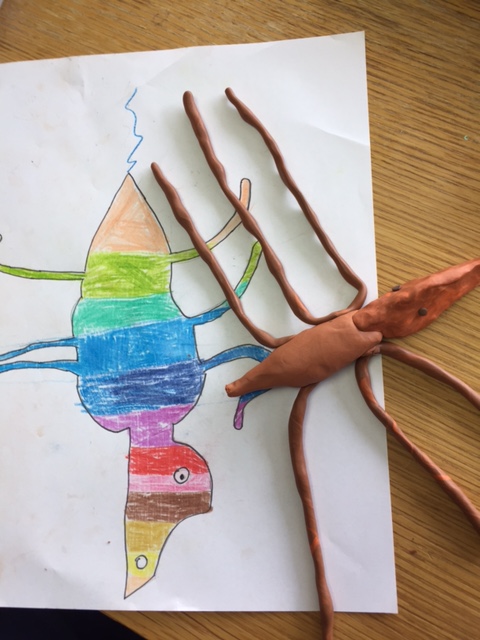
Day 9: Message in a Bottle
By now, it must be obvious that we like buidling stuff in our creative writing camps! On this day, the students wrote messages and put them in bottles, which they painted to make them look like they had been adrift for awhile. The story prompt here was that the students’ characters could be sending out a cry for help.
Day 10: Seal ‘Em Shut
This was the day the kids finished up working on their journals. We had a plan to tea-stain the journals, but then were a bit worried about some of the ink smudging. In any case, this is something the kids could do at home.
The main task we wanted to focus on was making sure the covers look interesting. We procured some brown cardstock and had the kids draw on them with metallic markers. We also got some wax to drip overtop so that they could “seal” them with an impression of a skull or some other design.
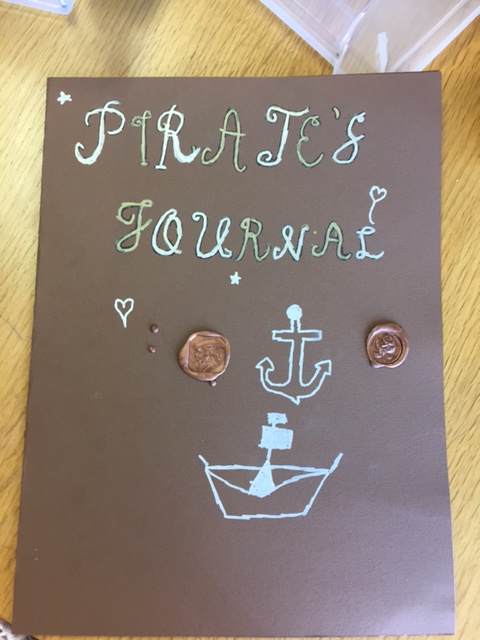
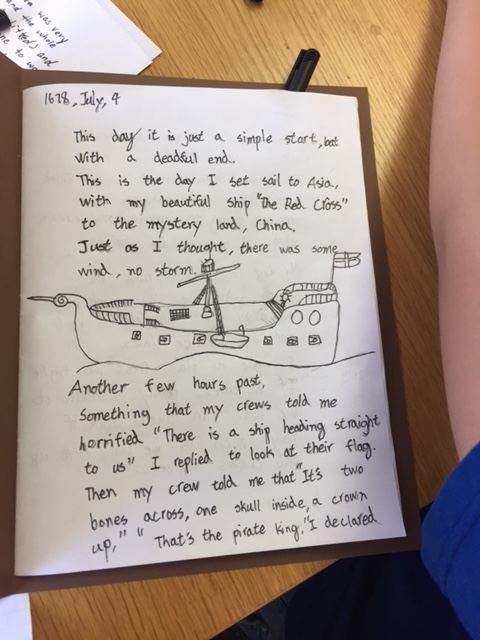
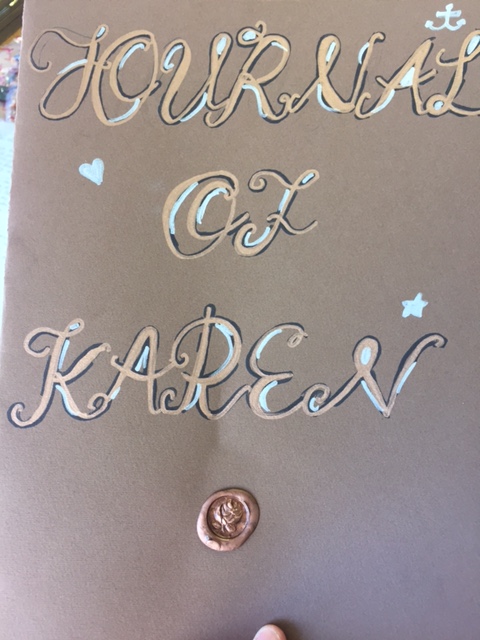
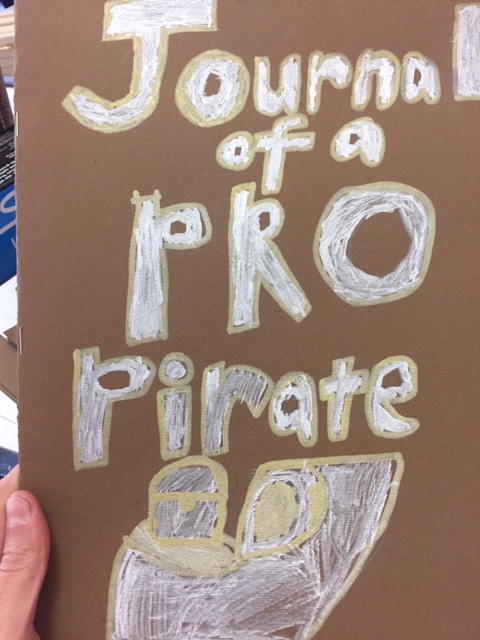
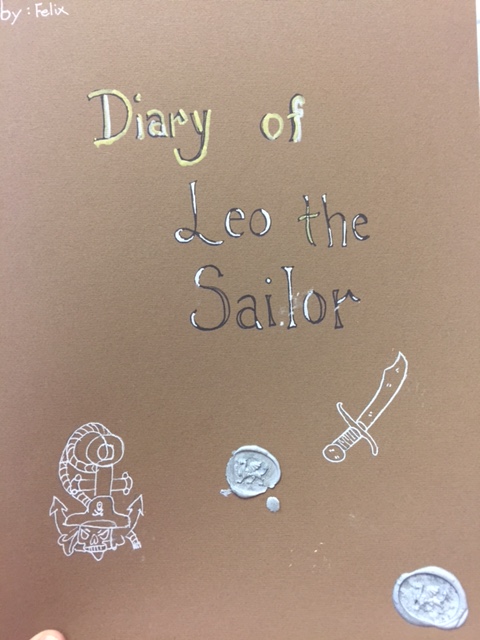
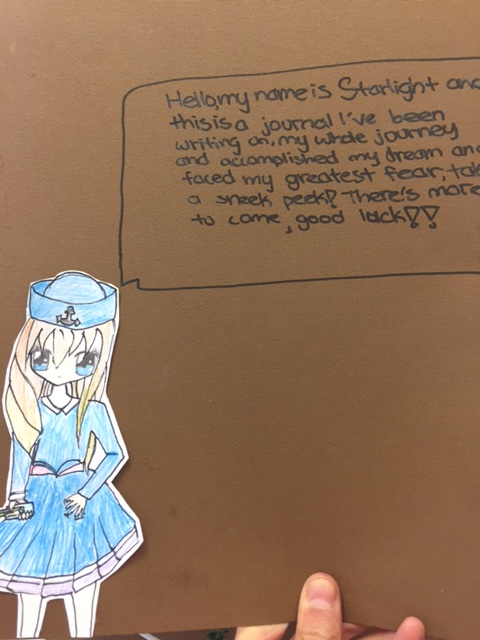


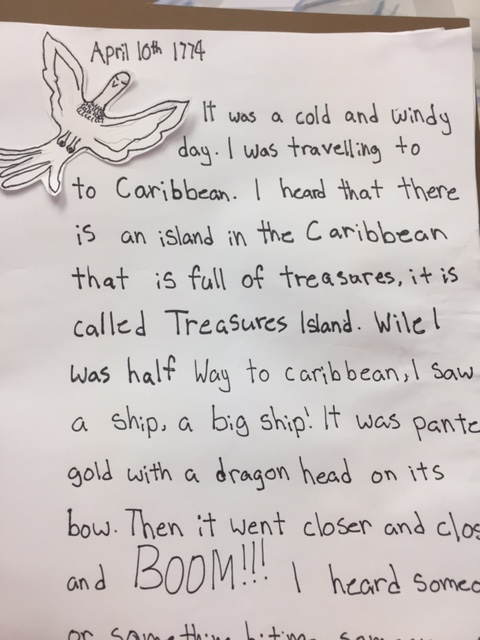
I’m pretty impressed with the final products and, considering this was the first time we did this project, it turned out rather smoothly.
Well, now it’s time for me to switch gears and turn my attention to my next summer creative writing workshop series: Galaxy Camp!







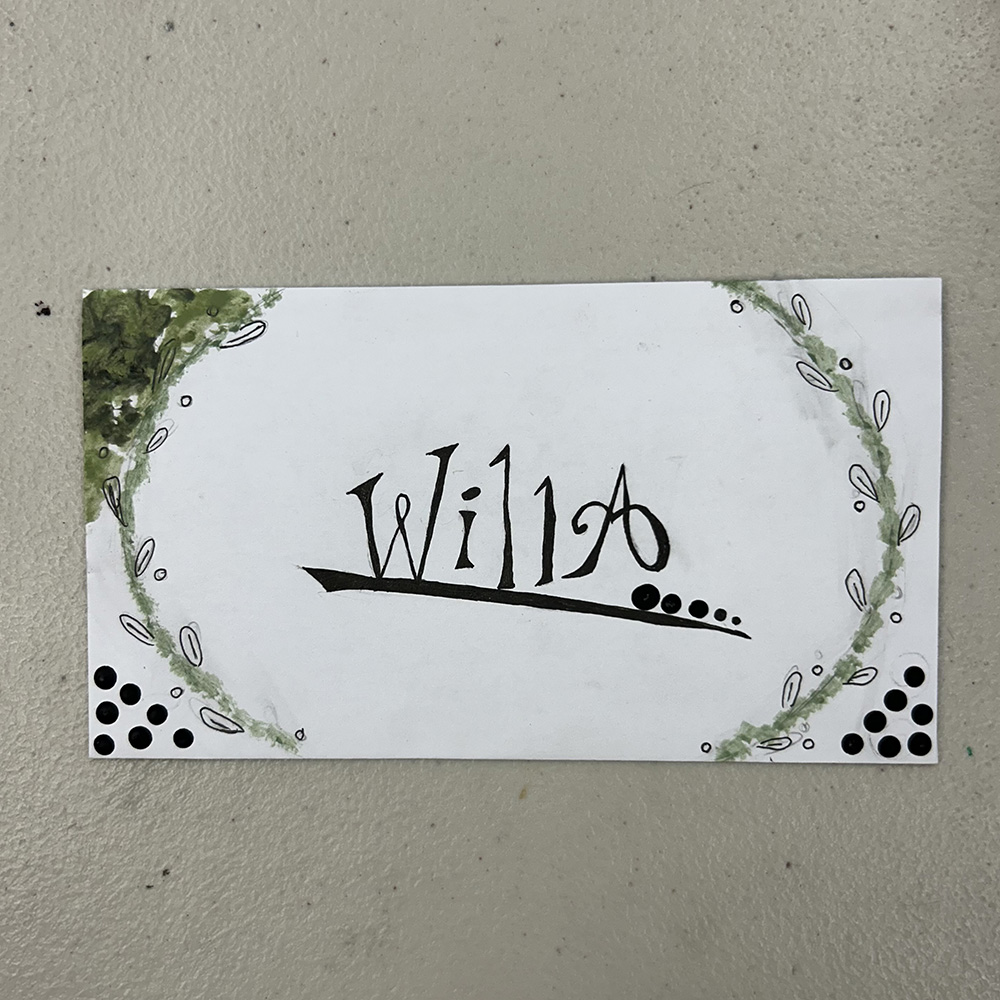


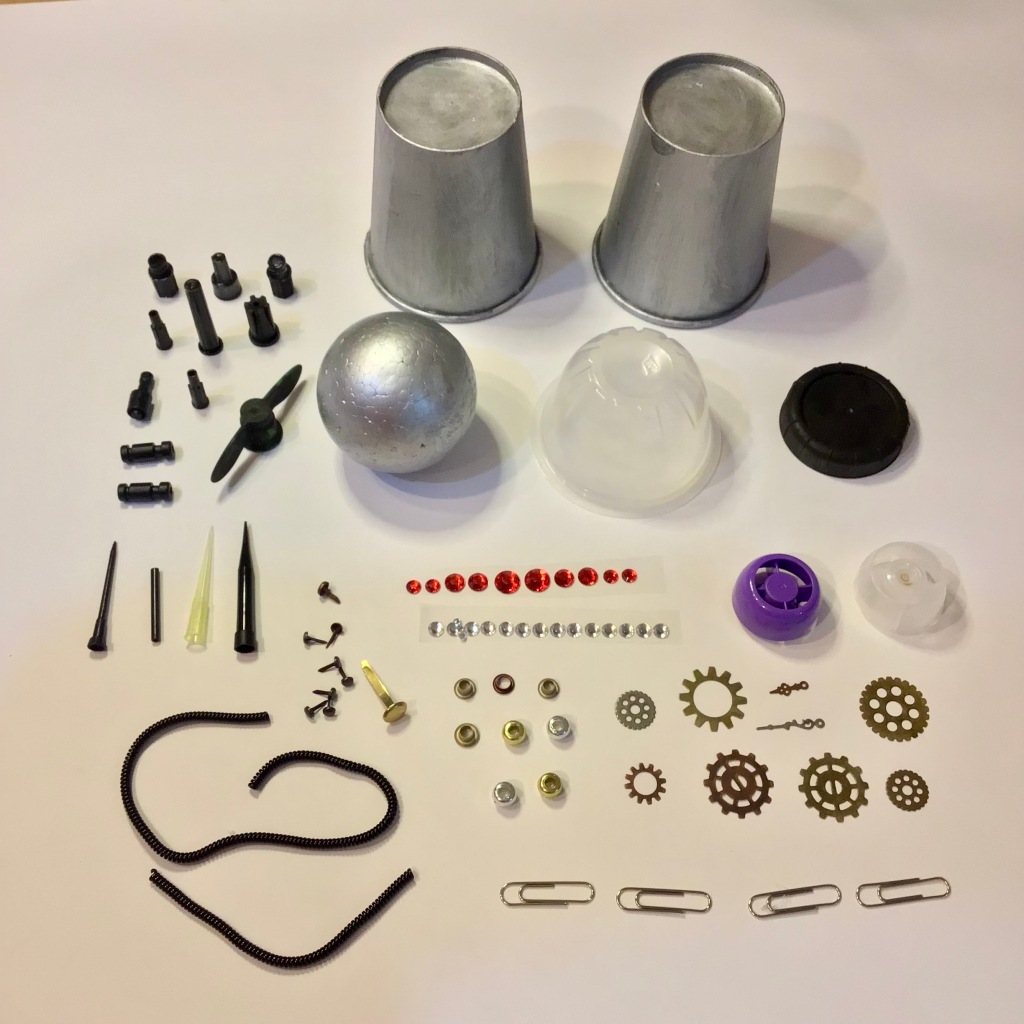
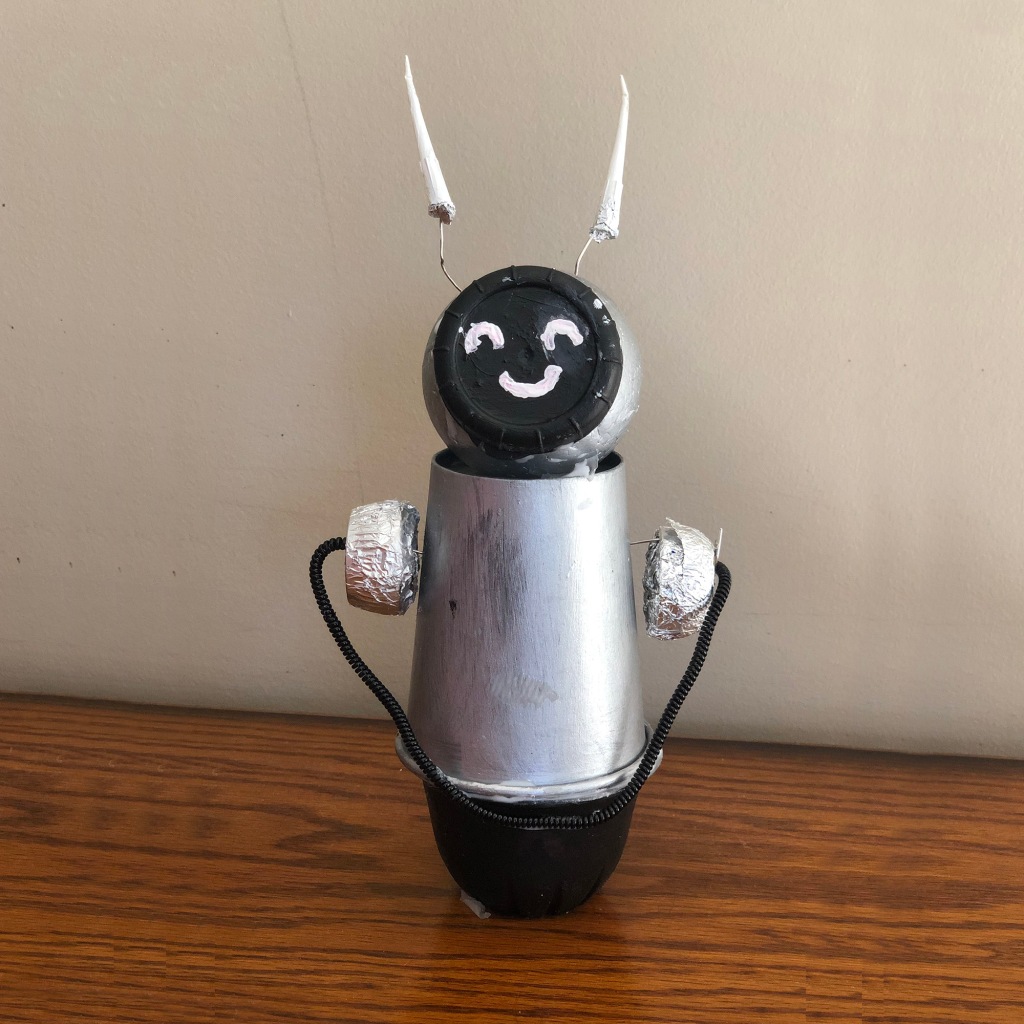
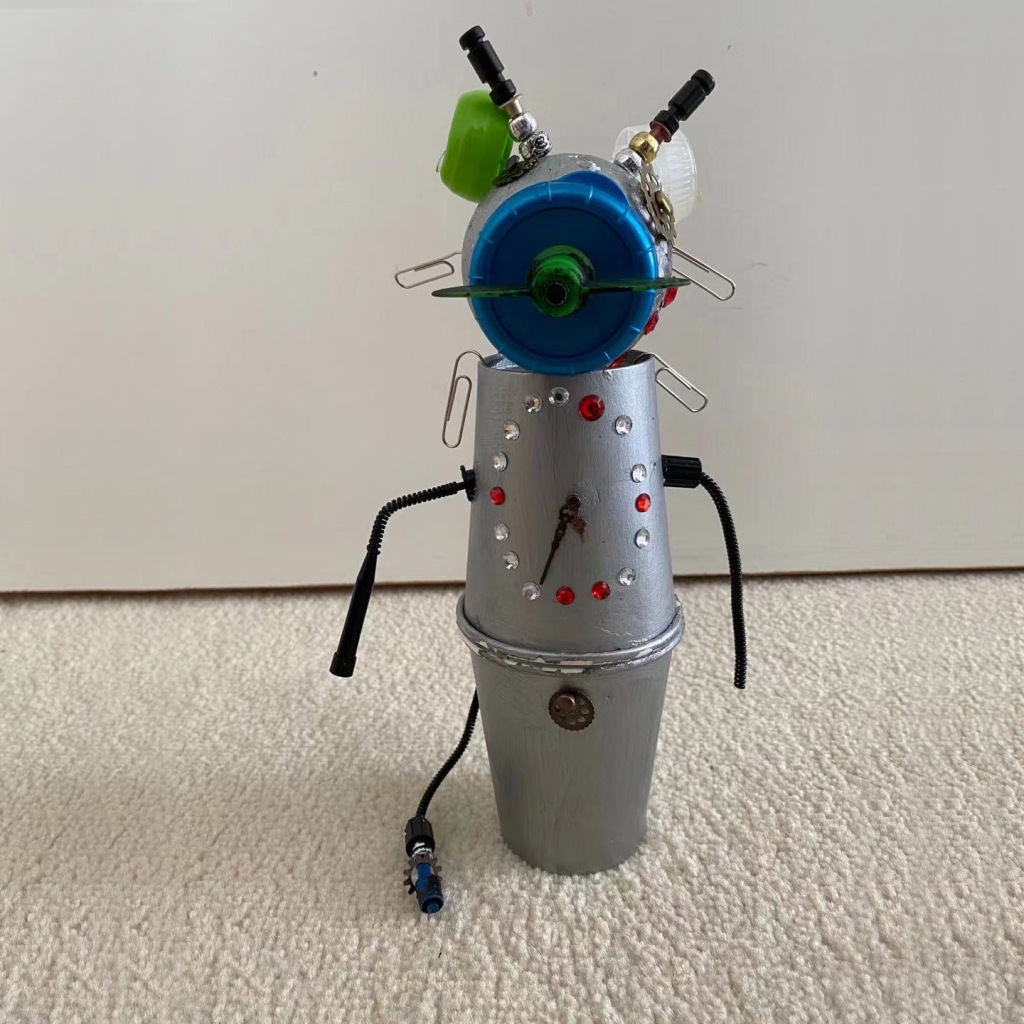
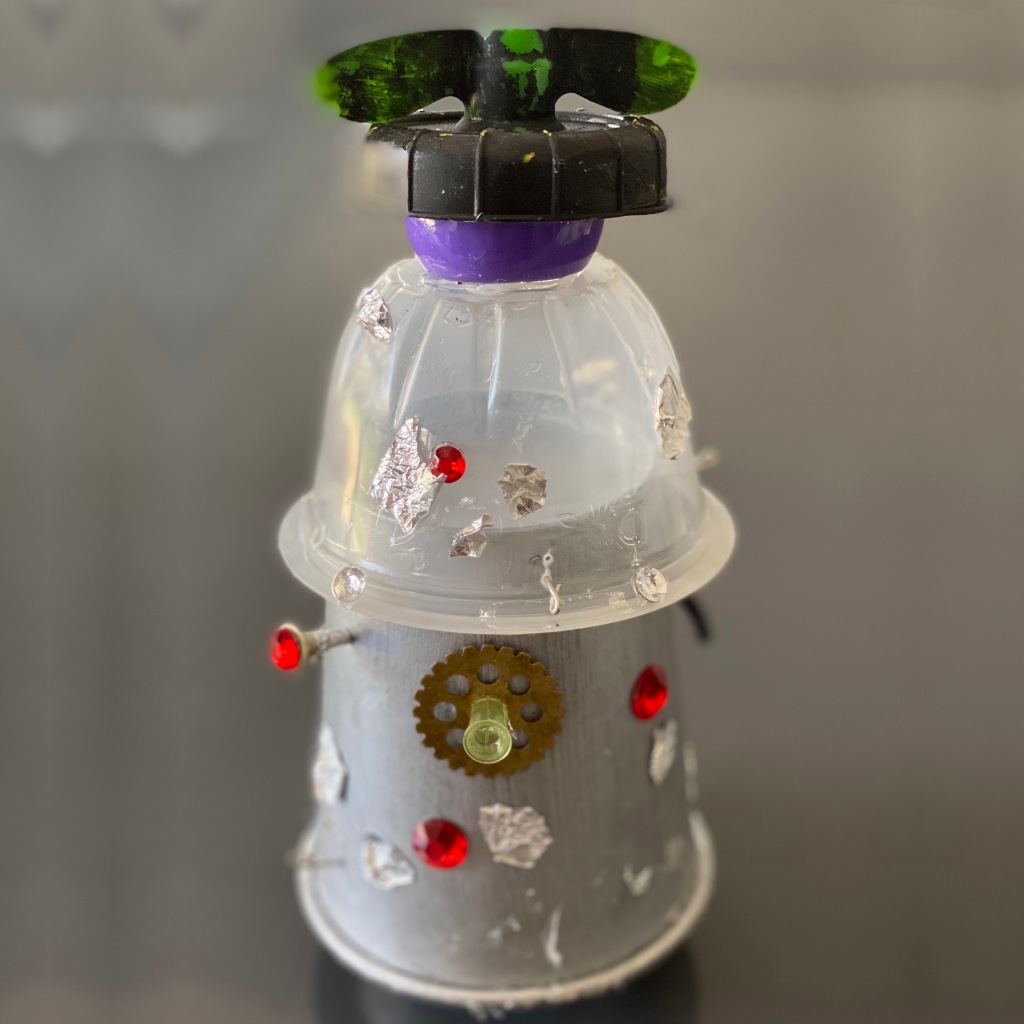

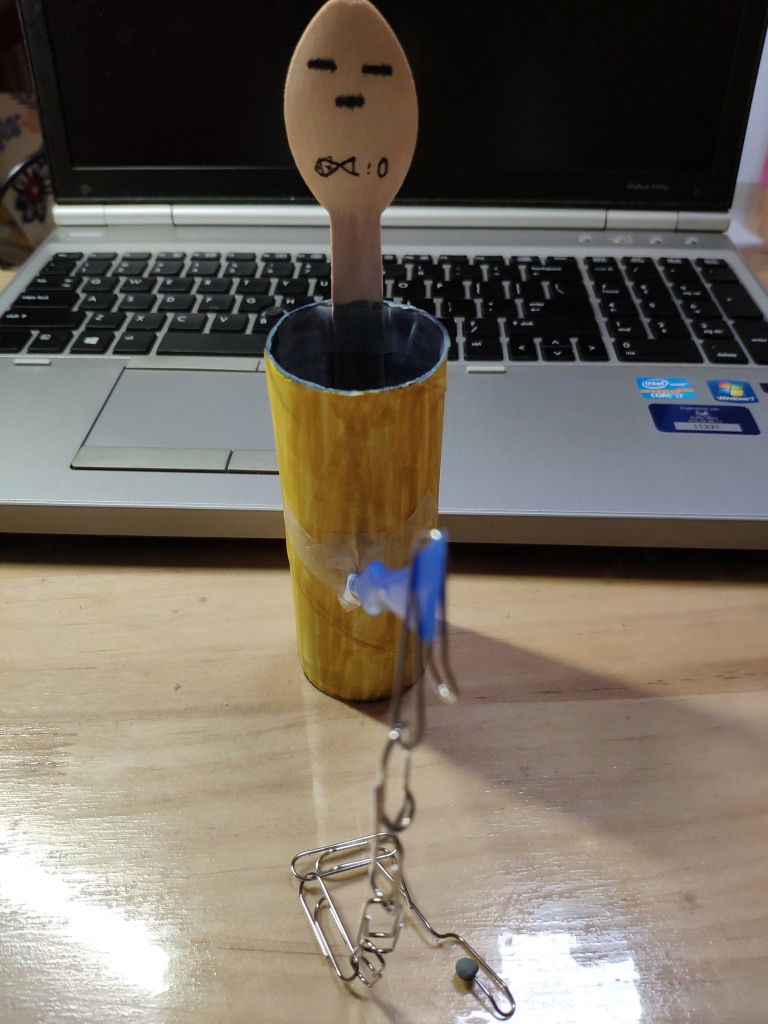
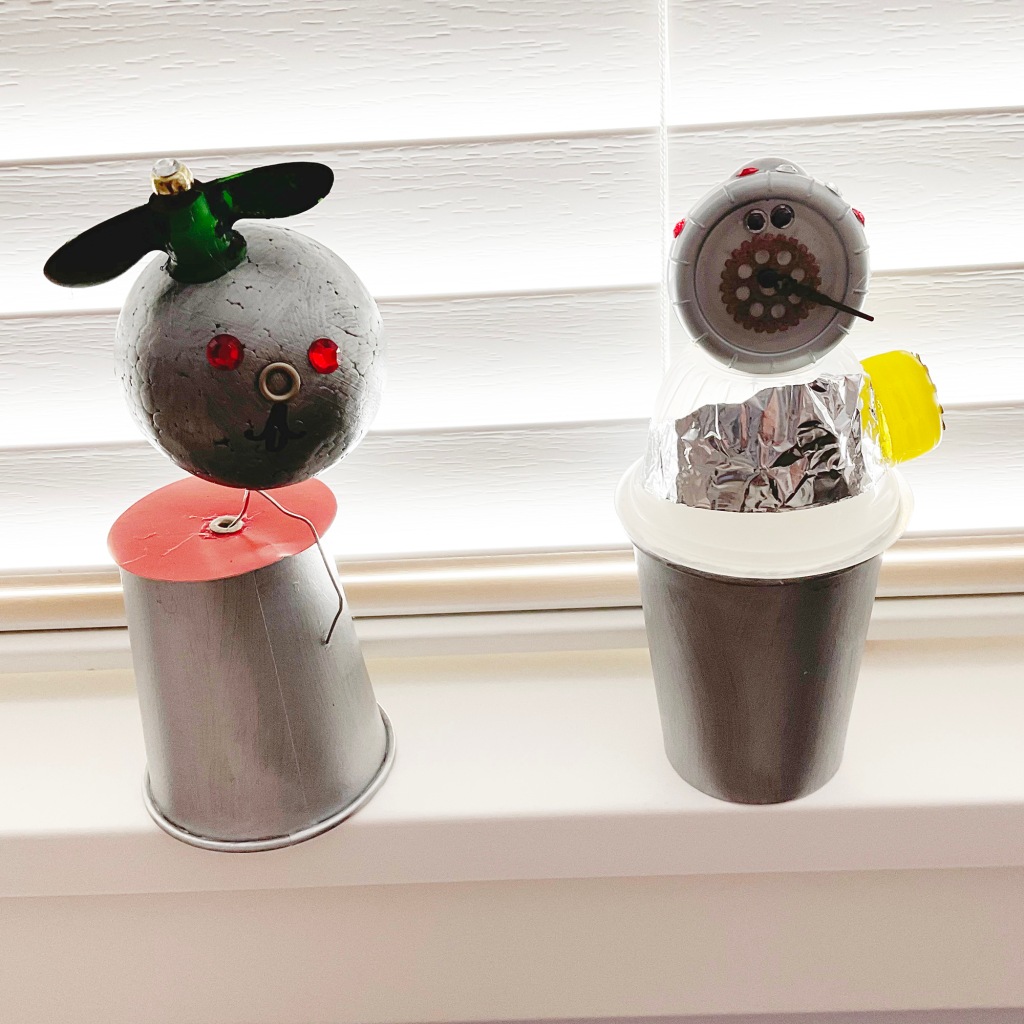




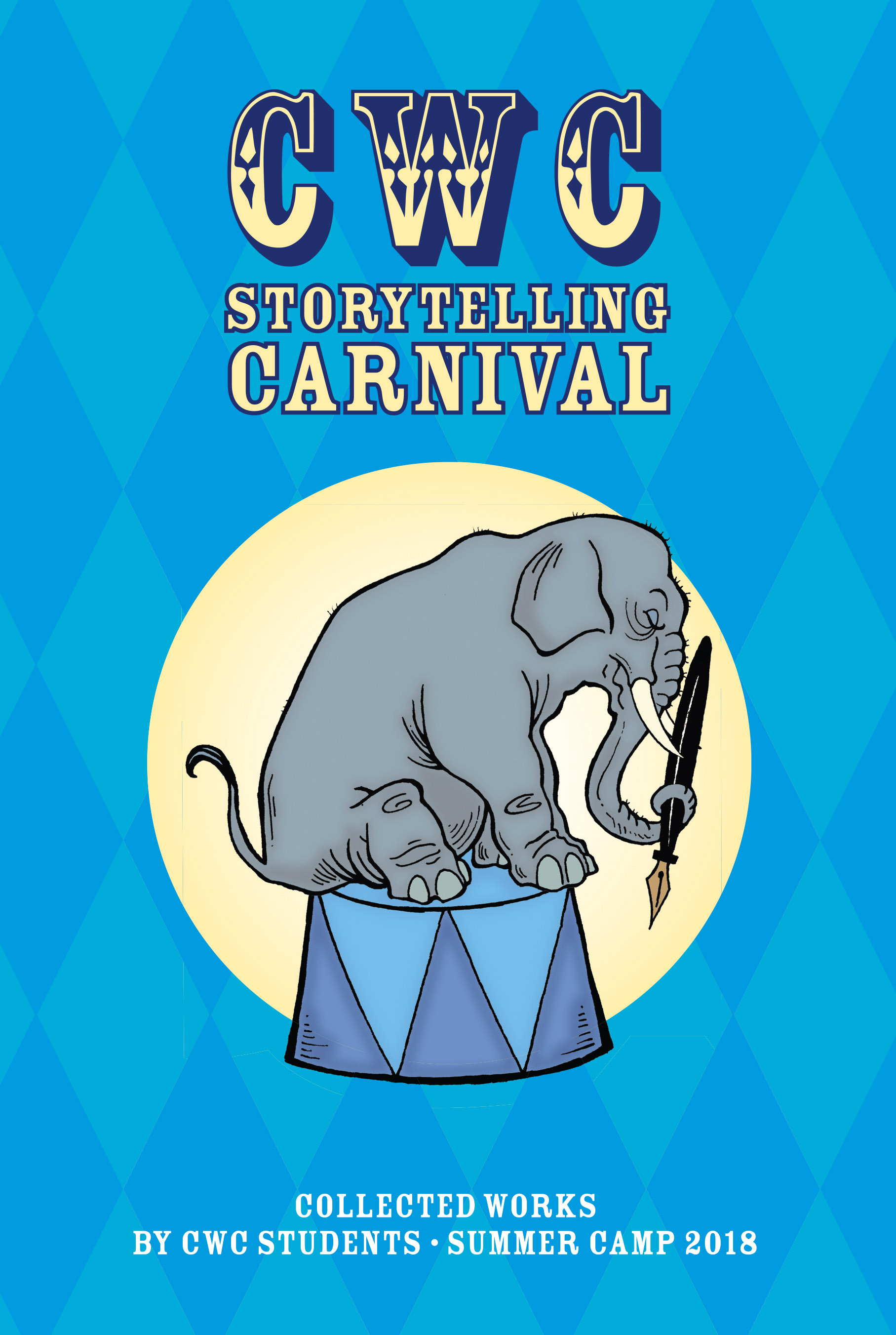
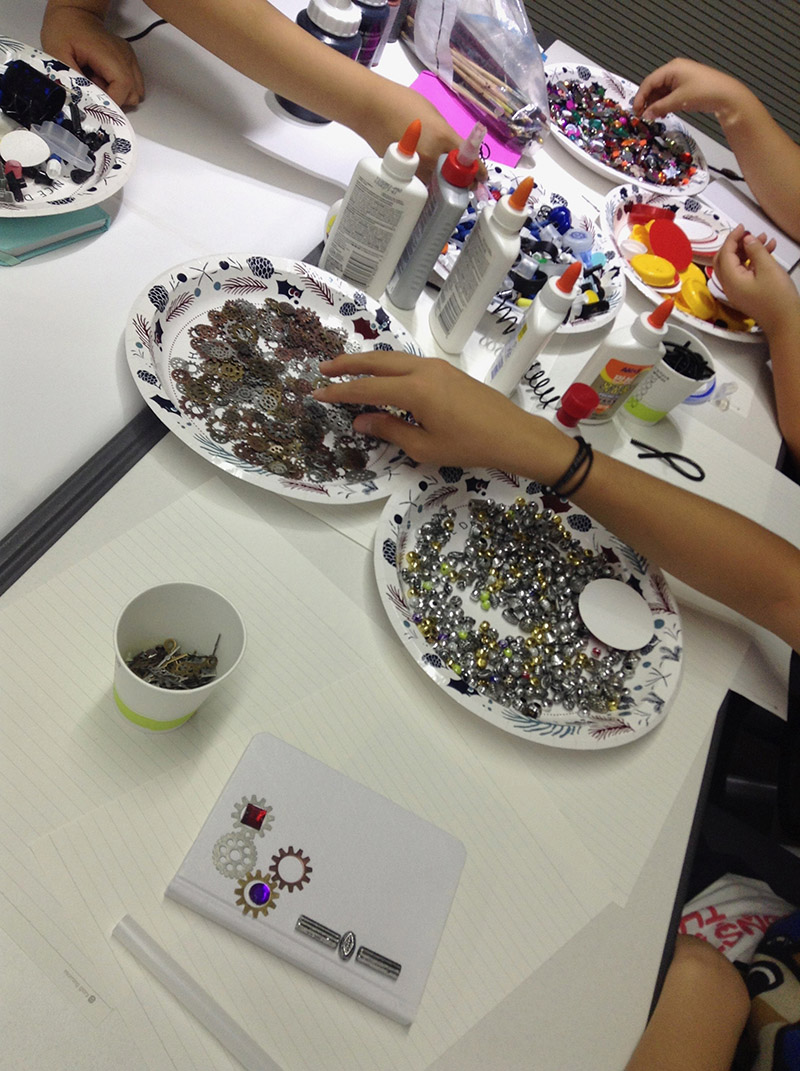
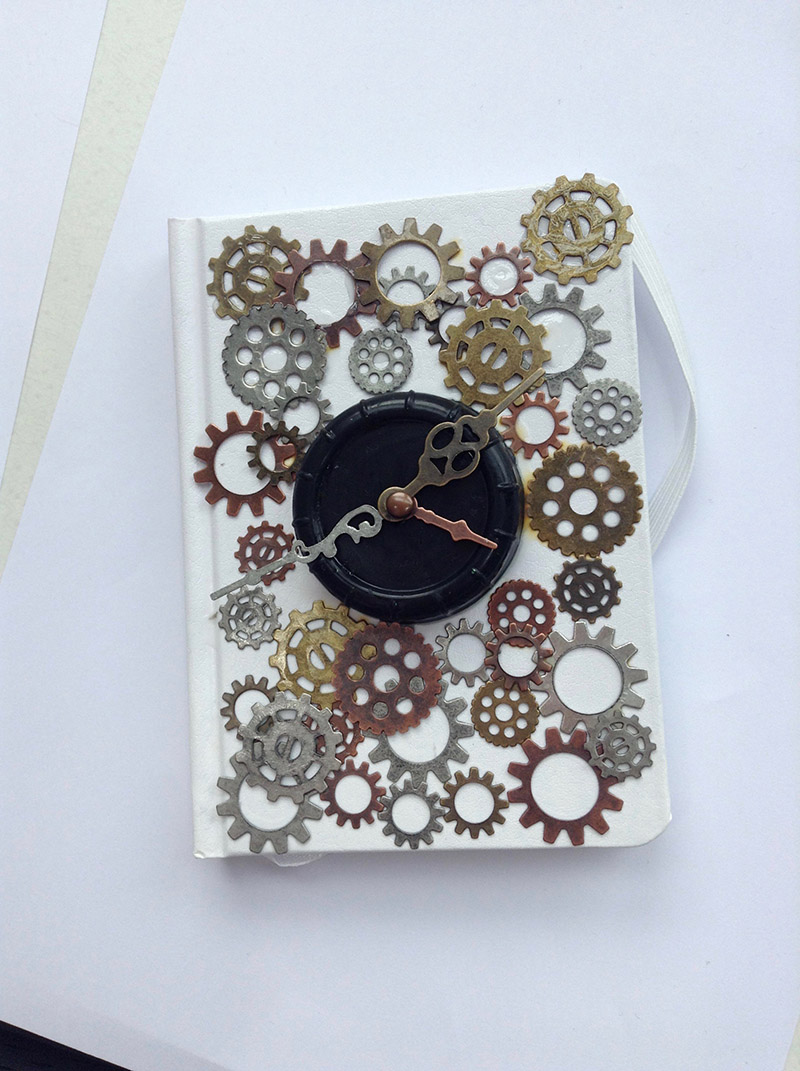
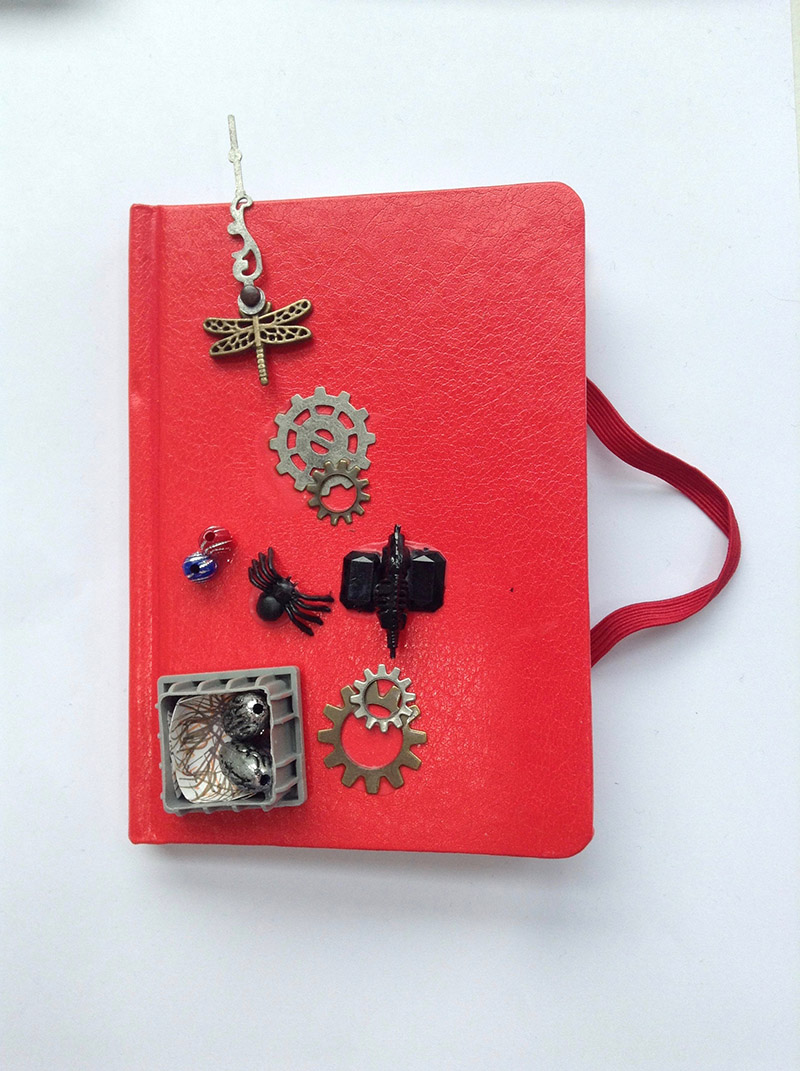
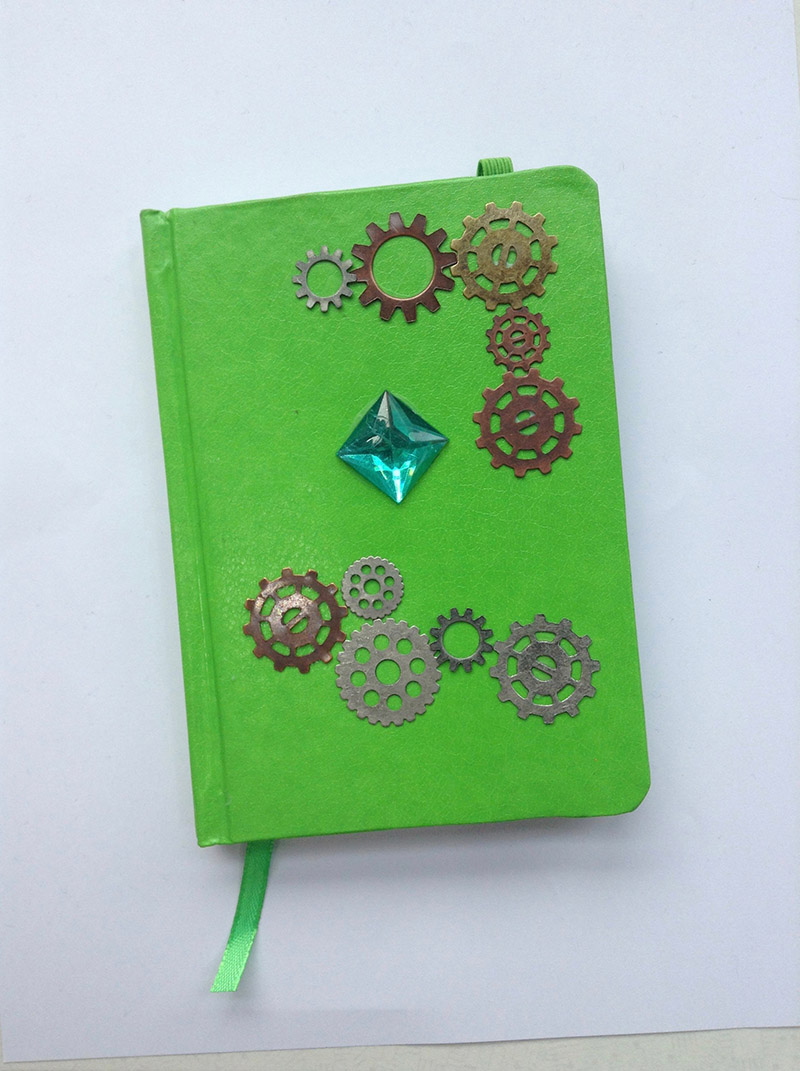
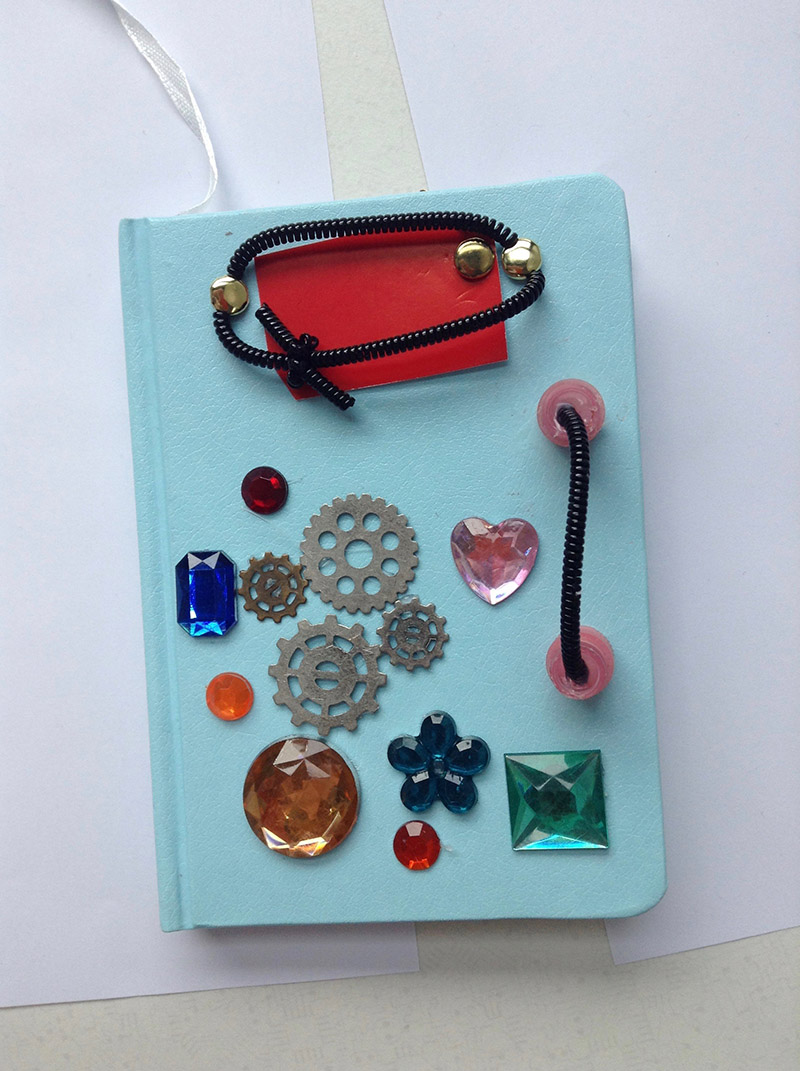
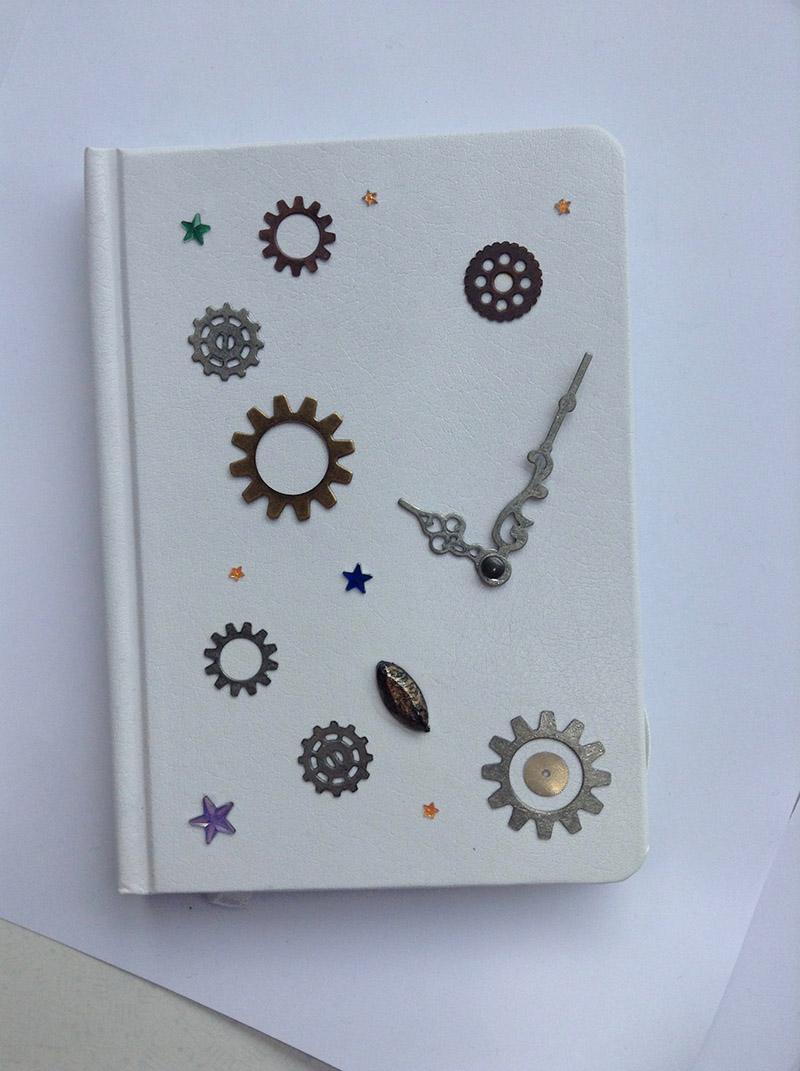
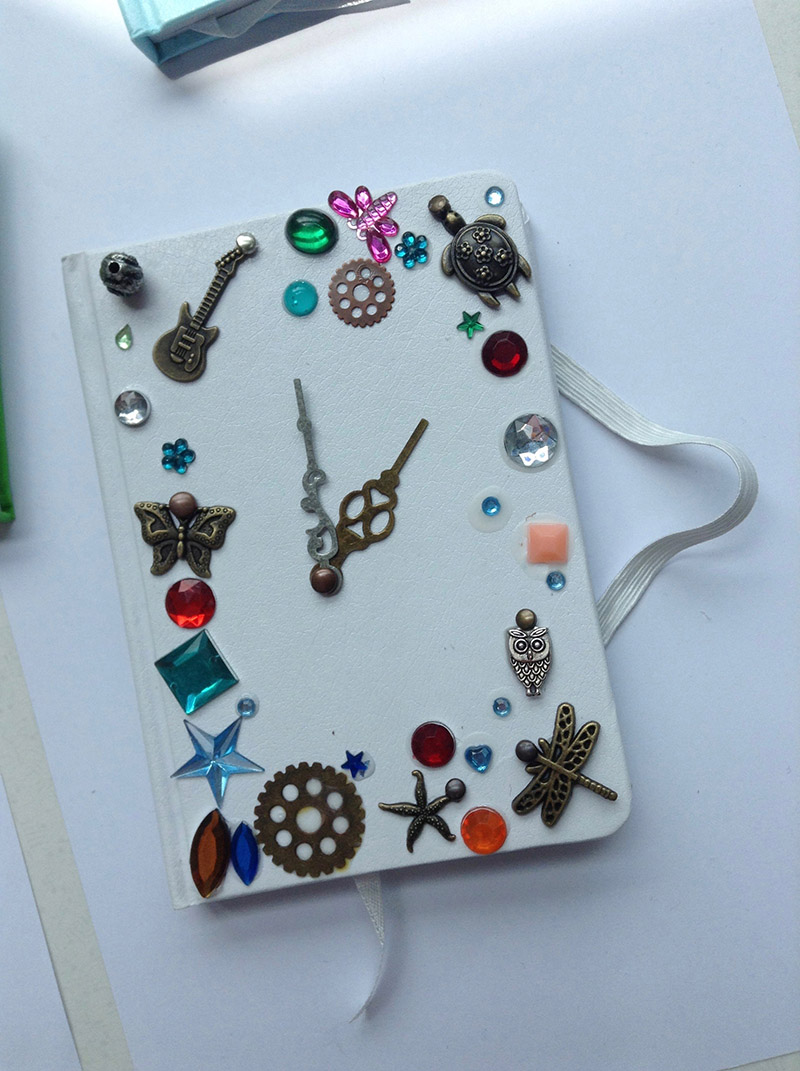
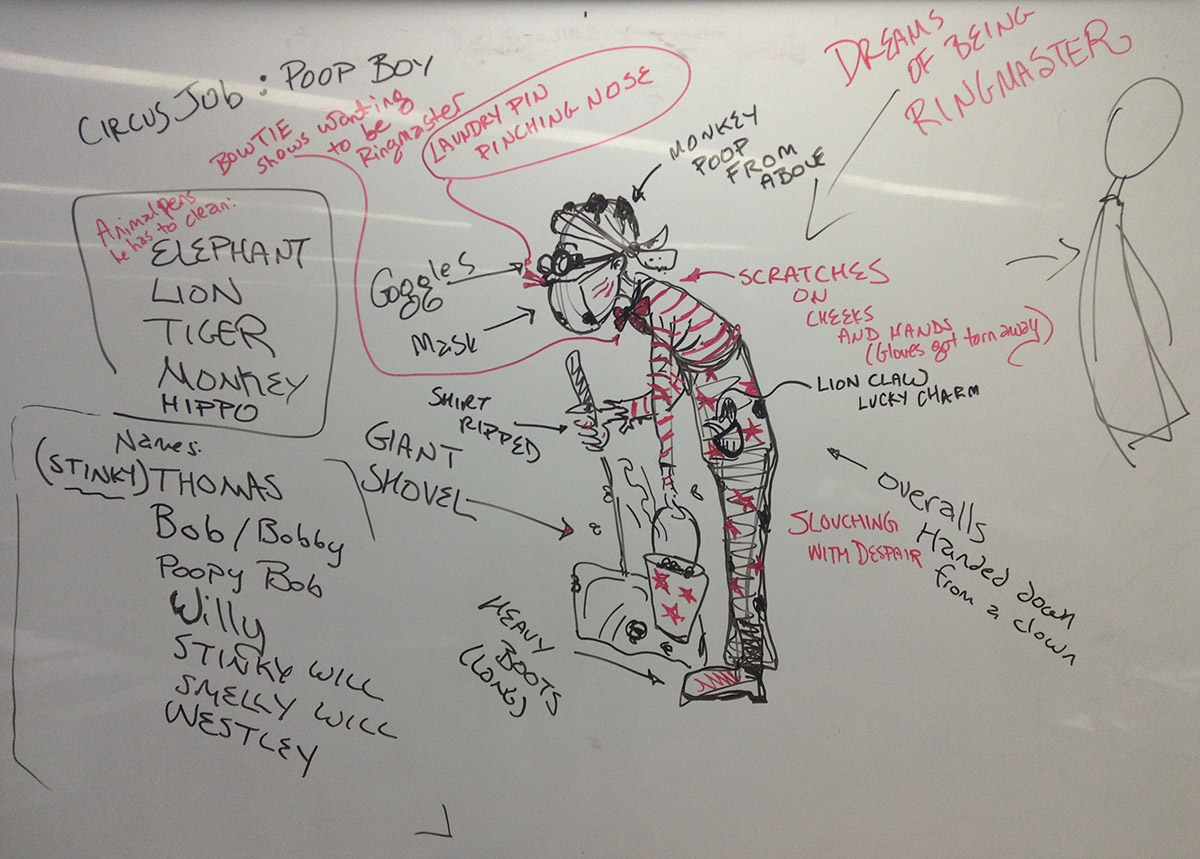
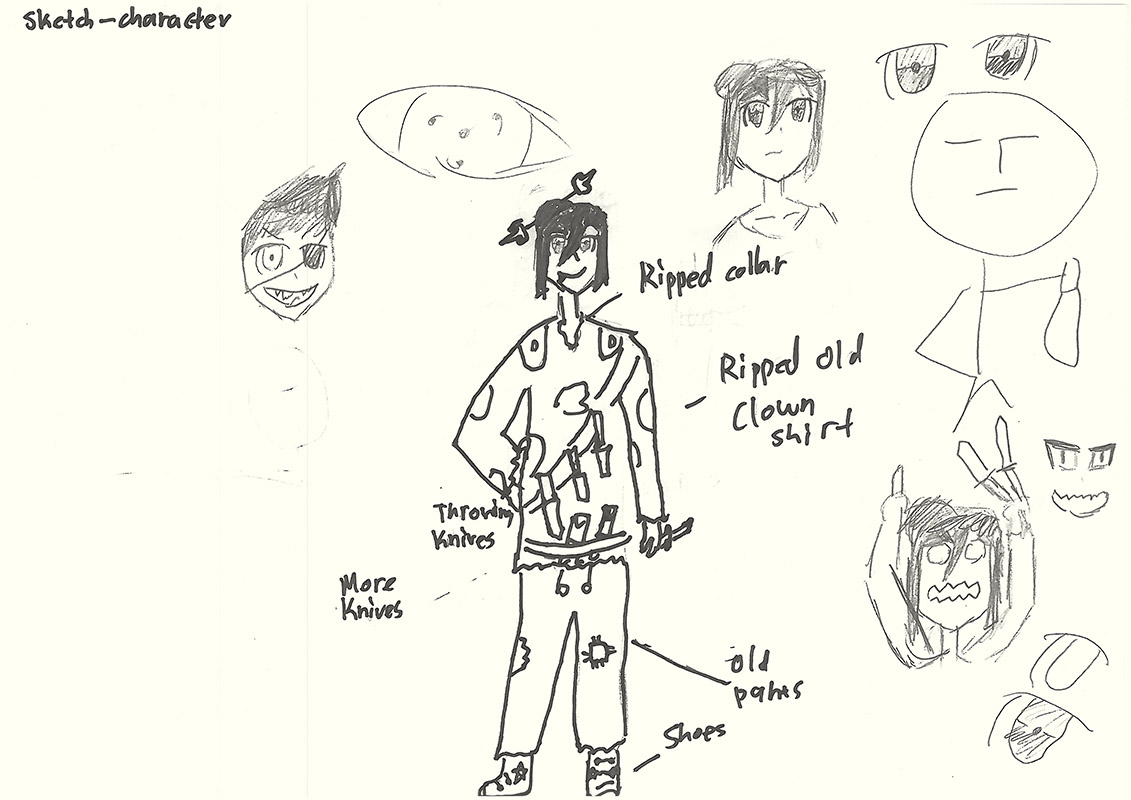
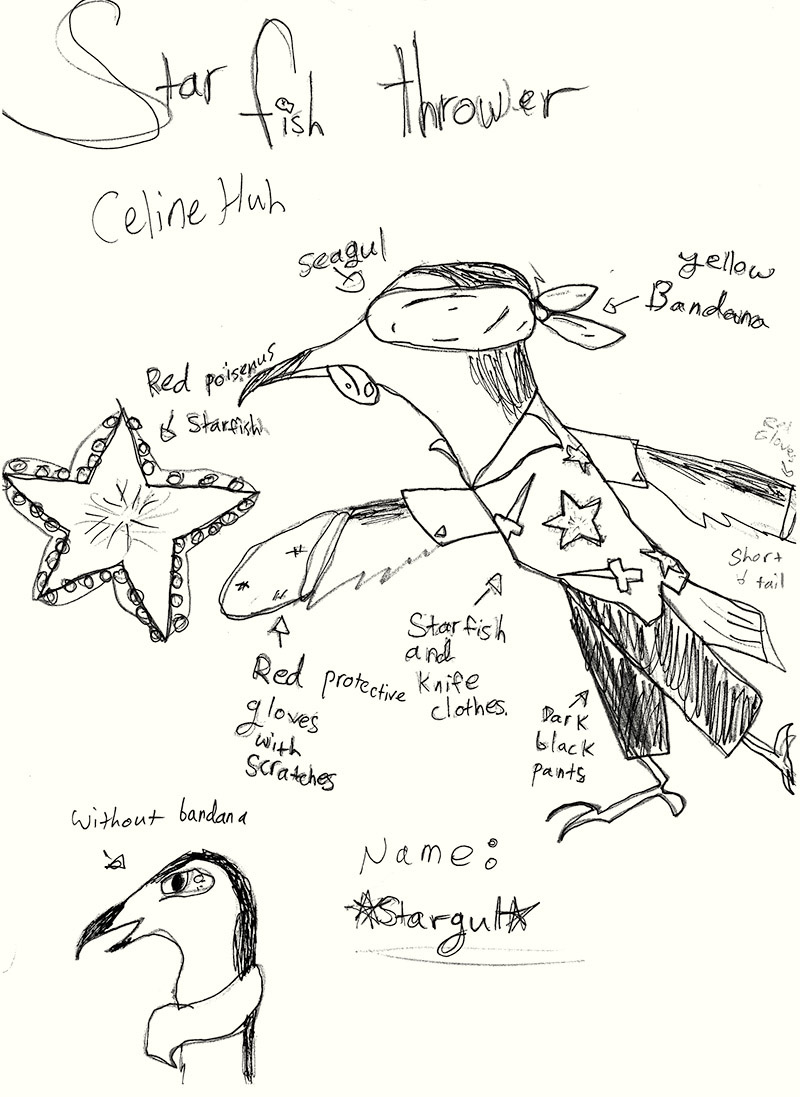
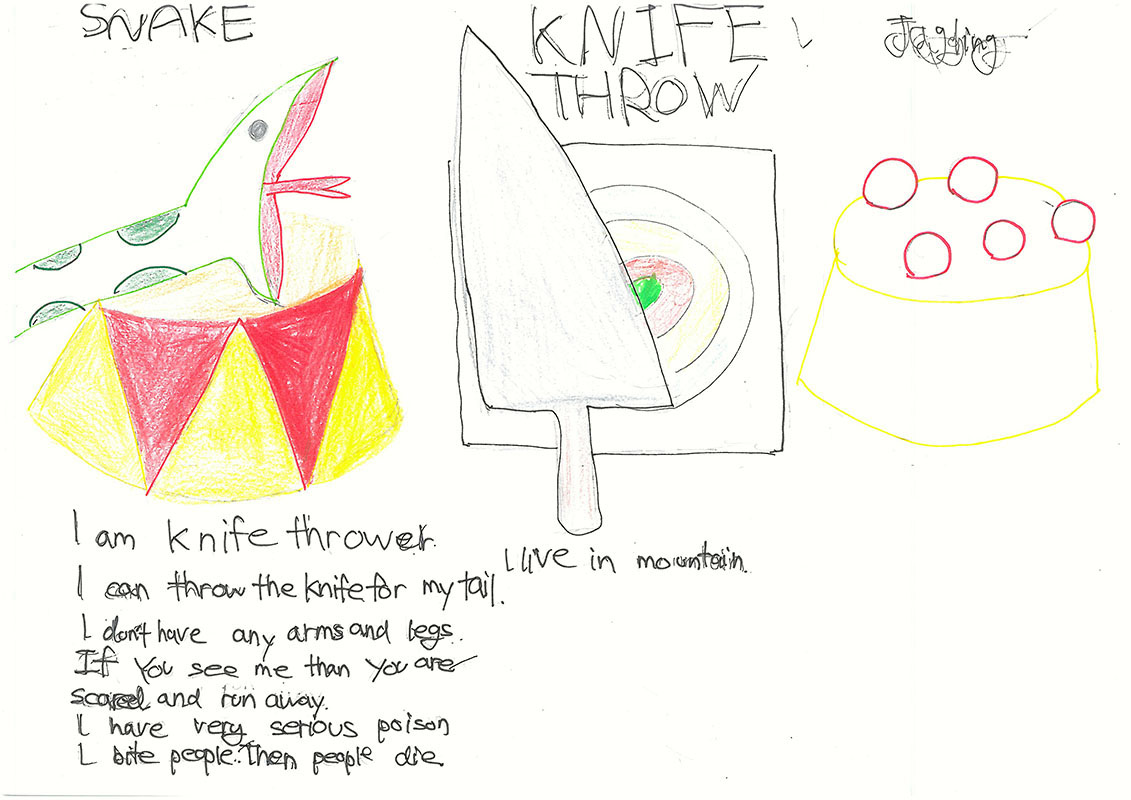


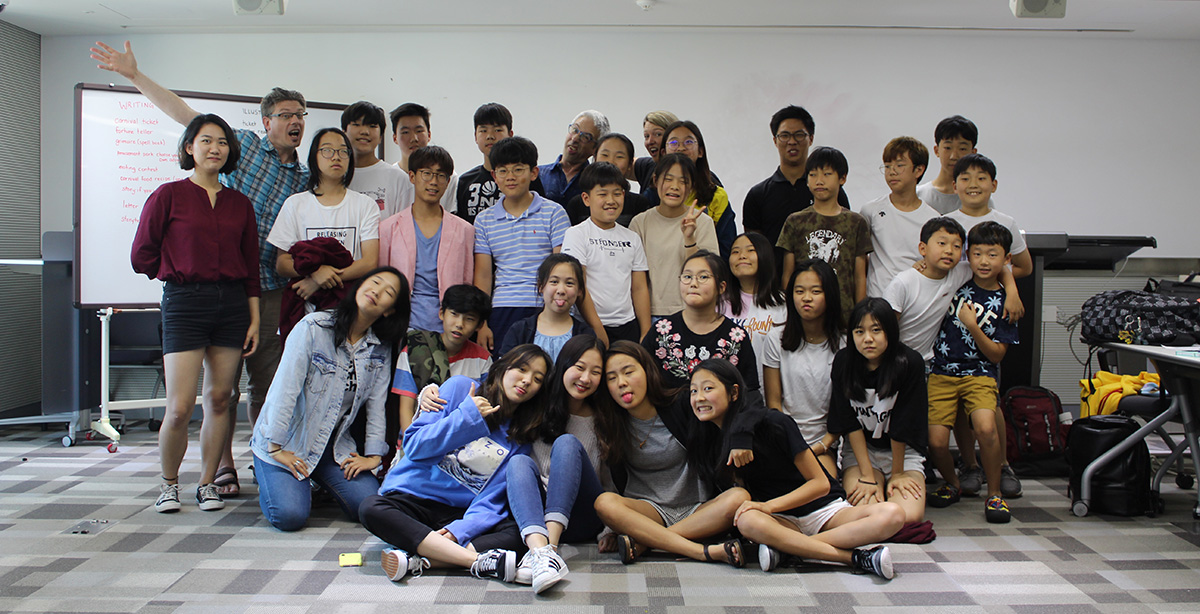

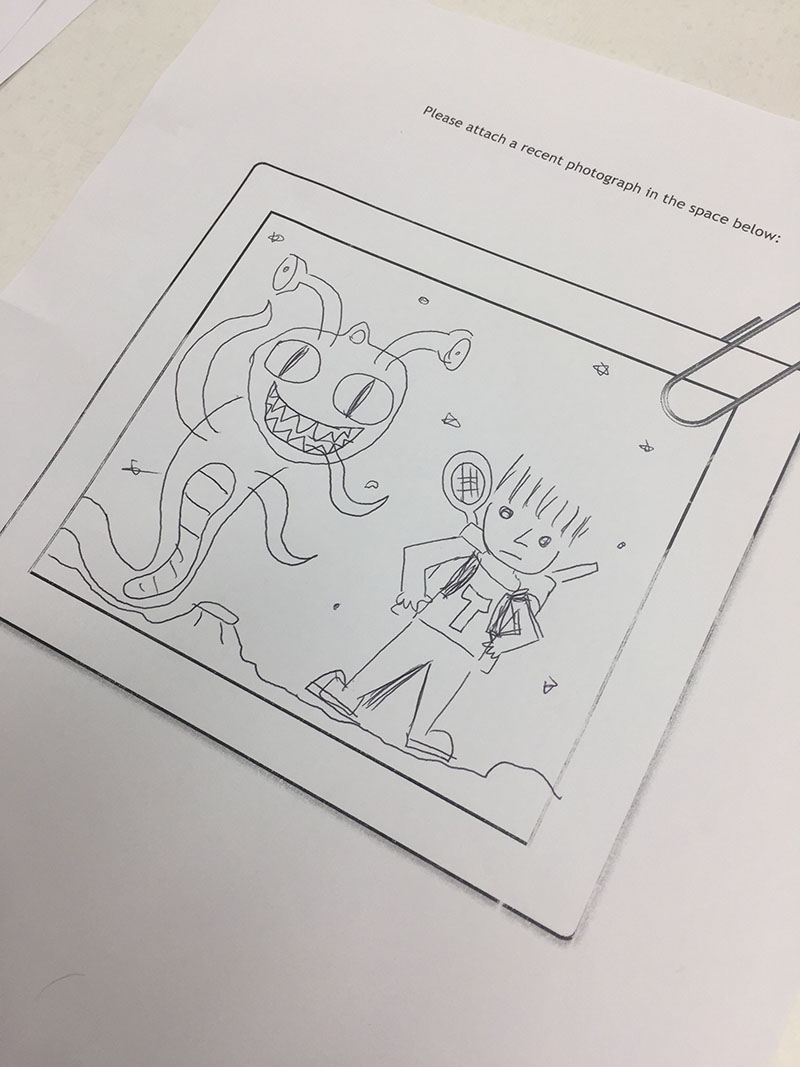
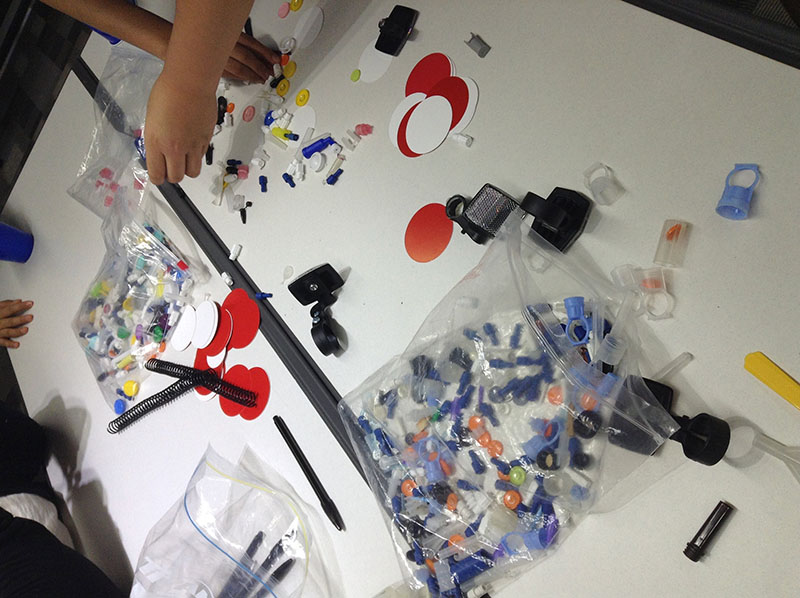
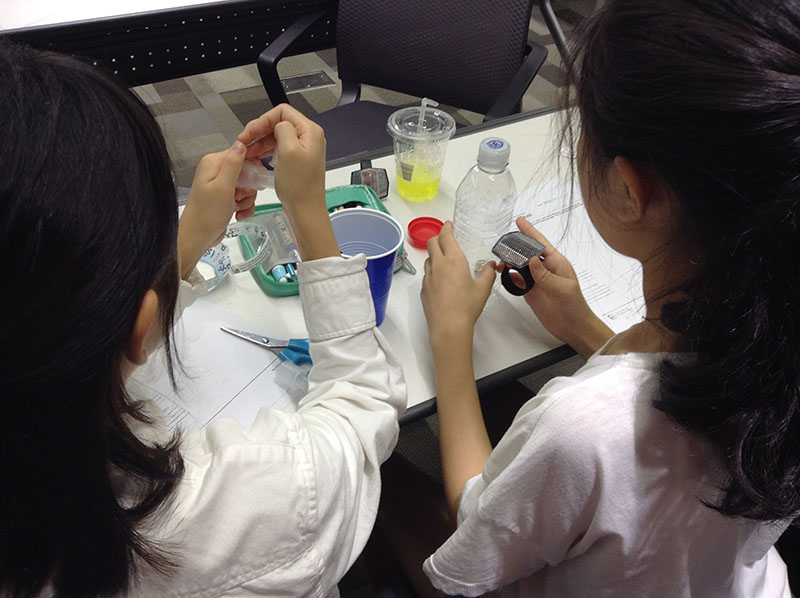


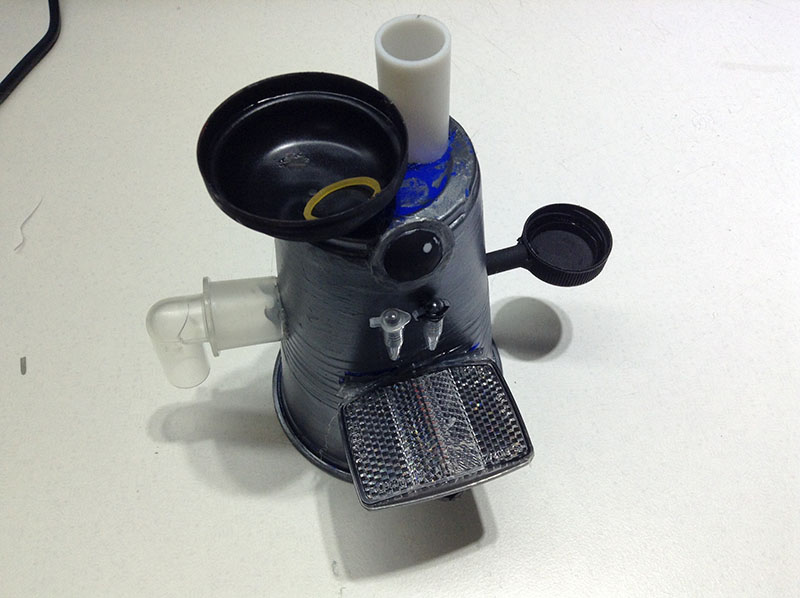
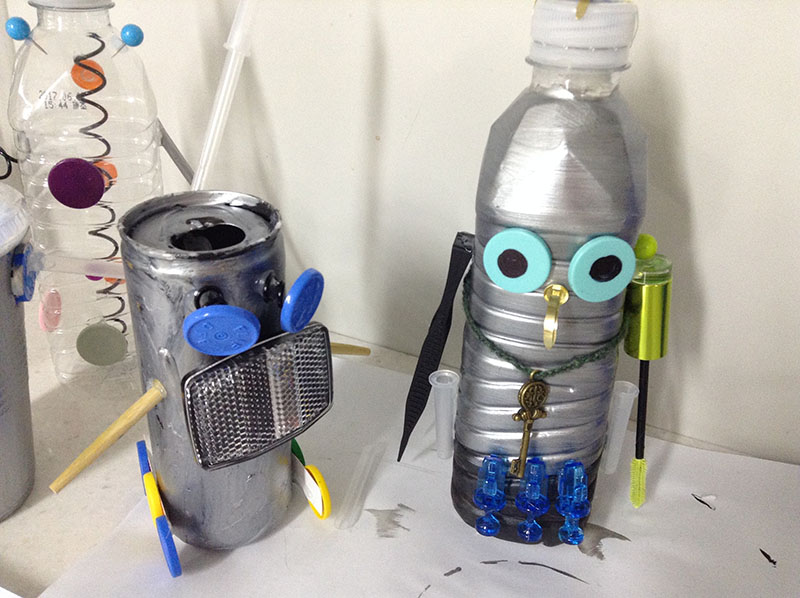
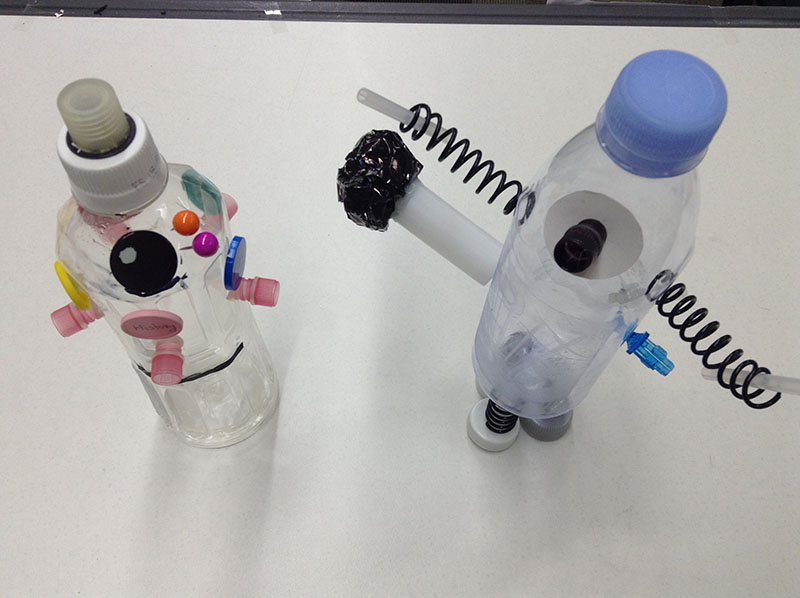
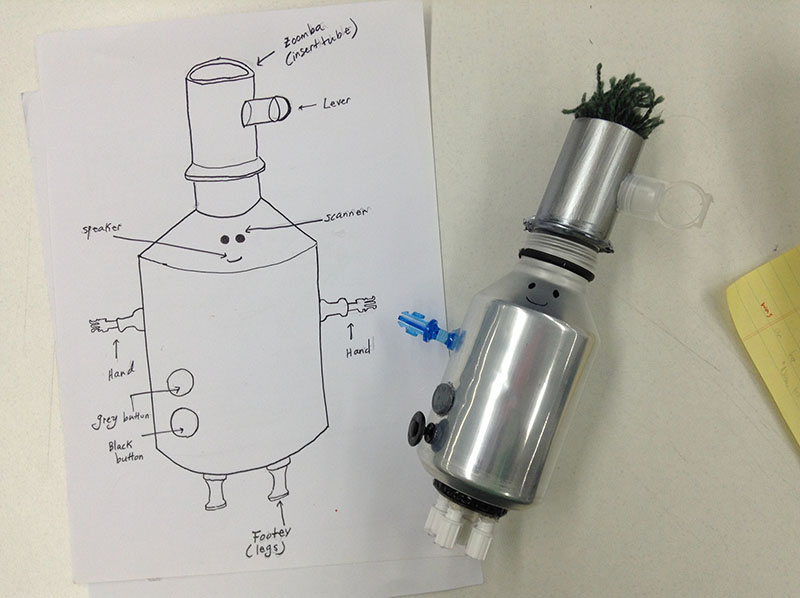
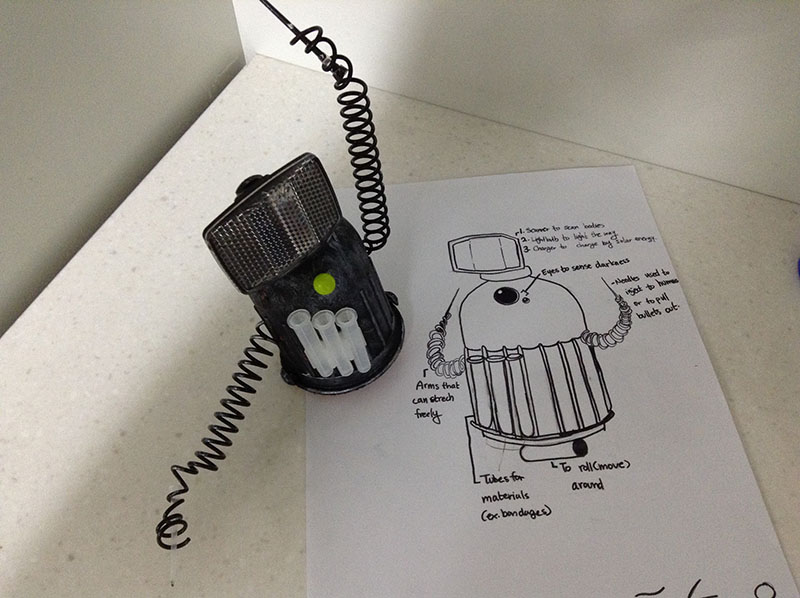
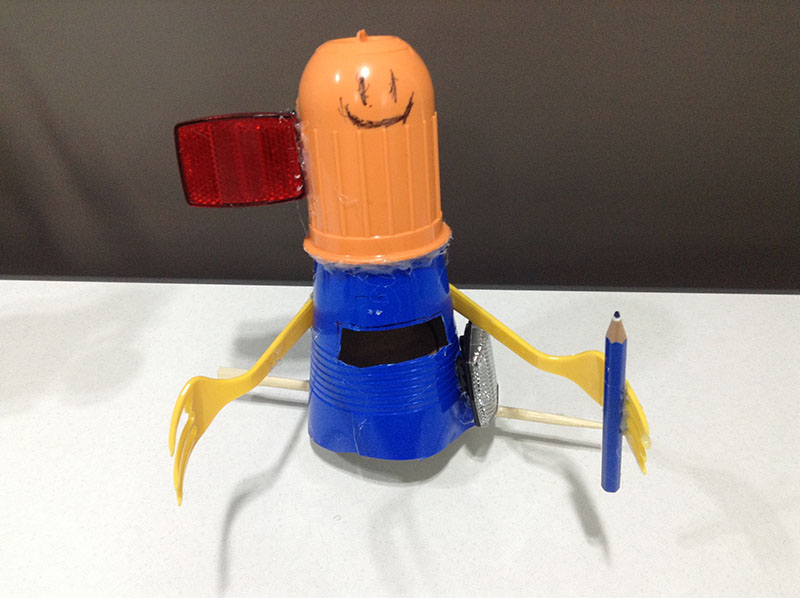

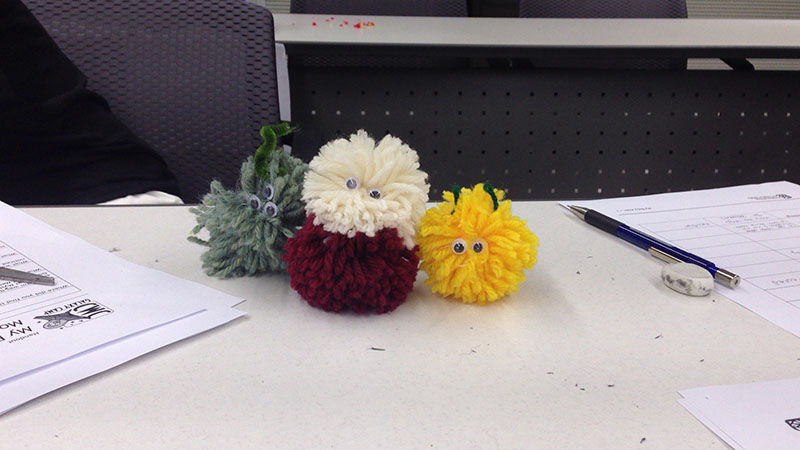



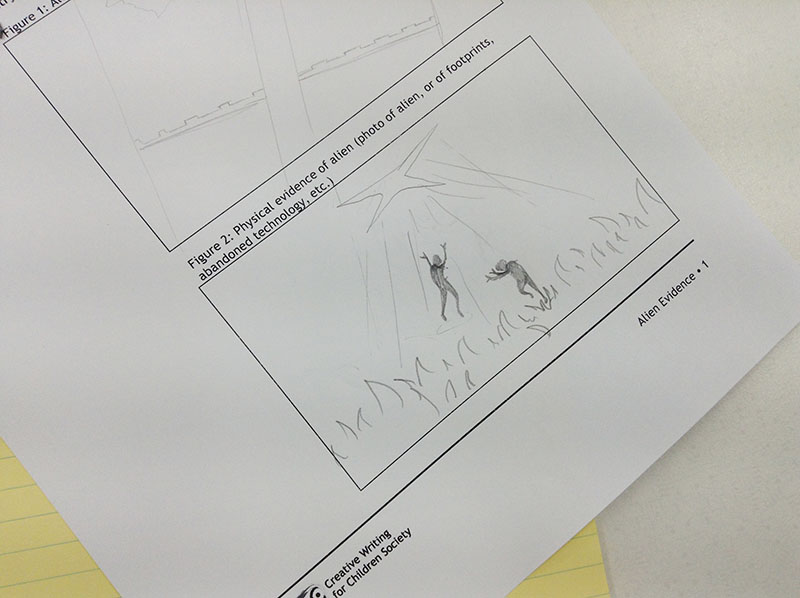
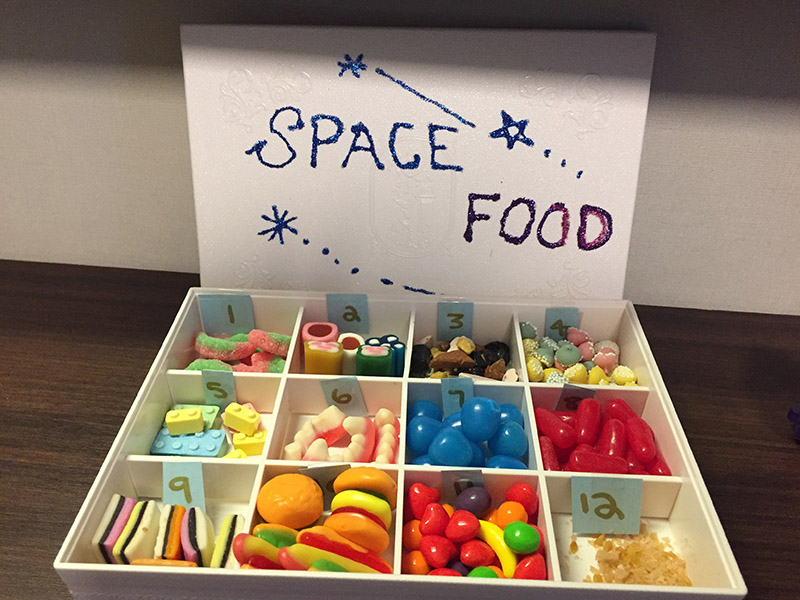
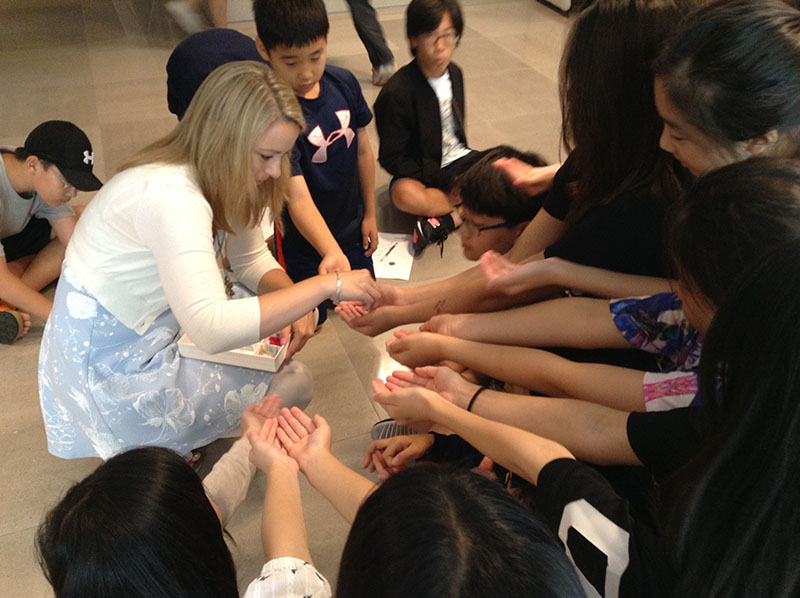
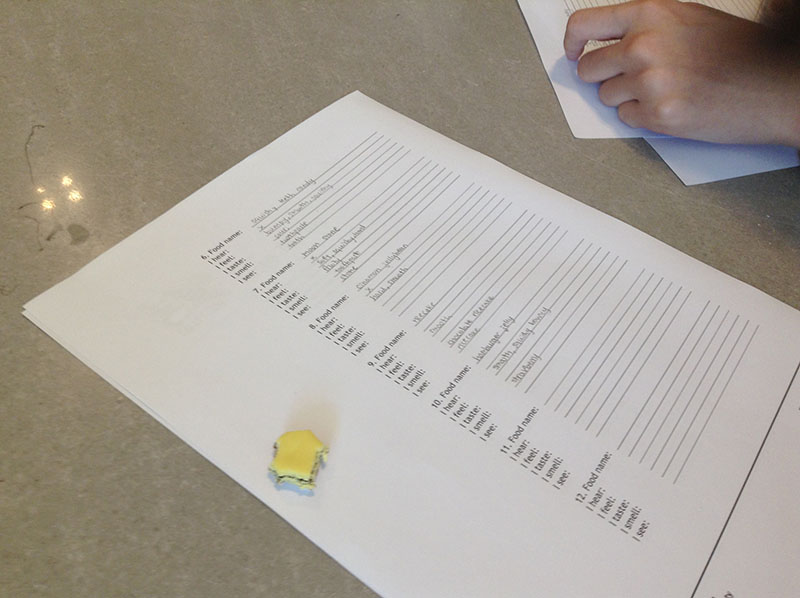


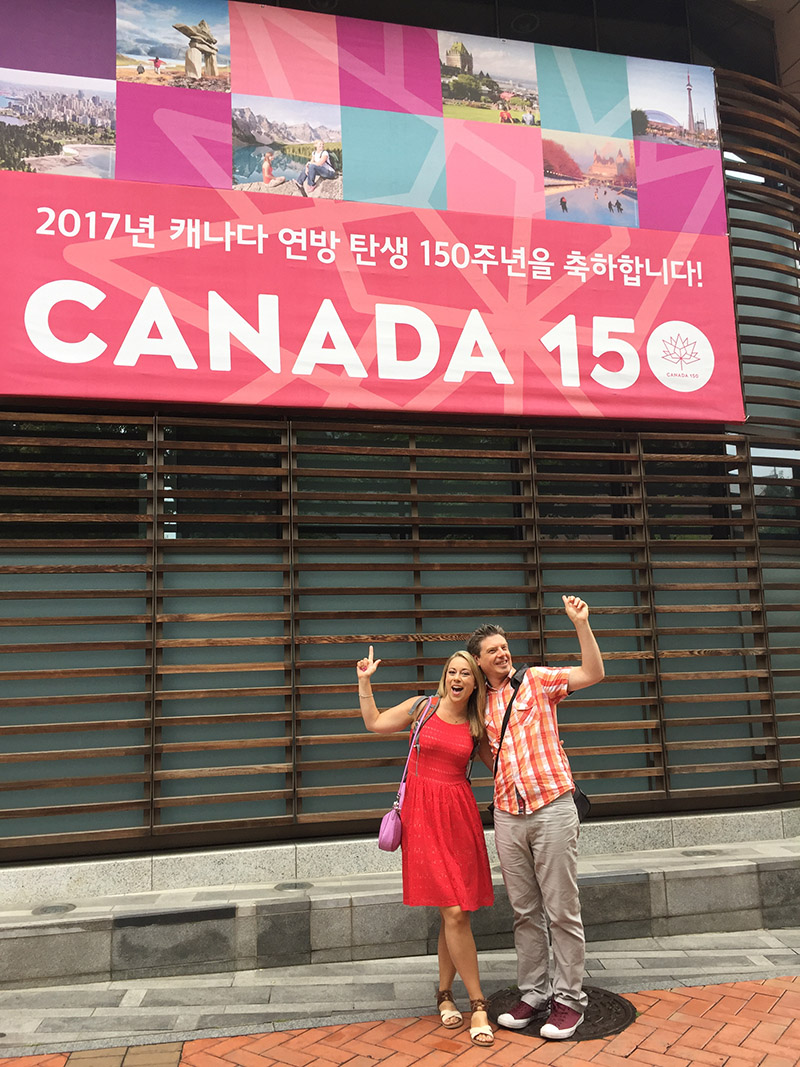
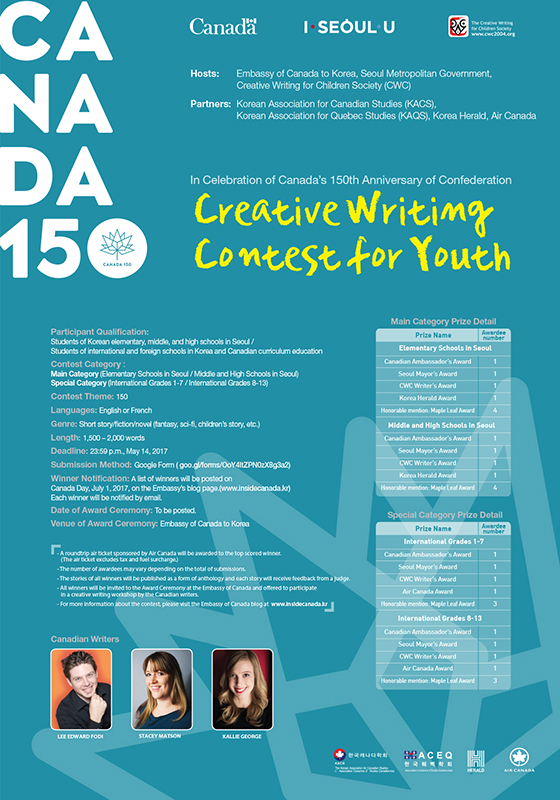 A contest to celebrate Canada150
A contest to celebrate Canada150